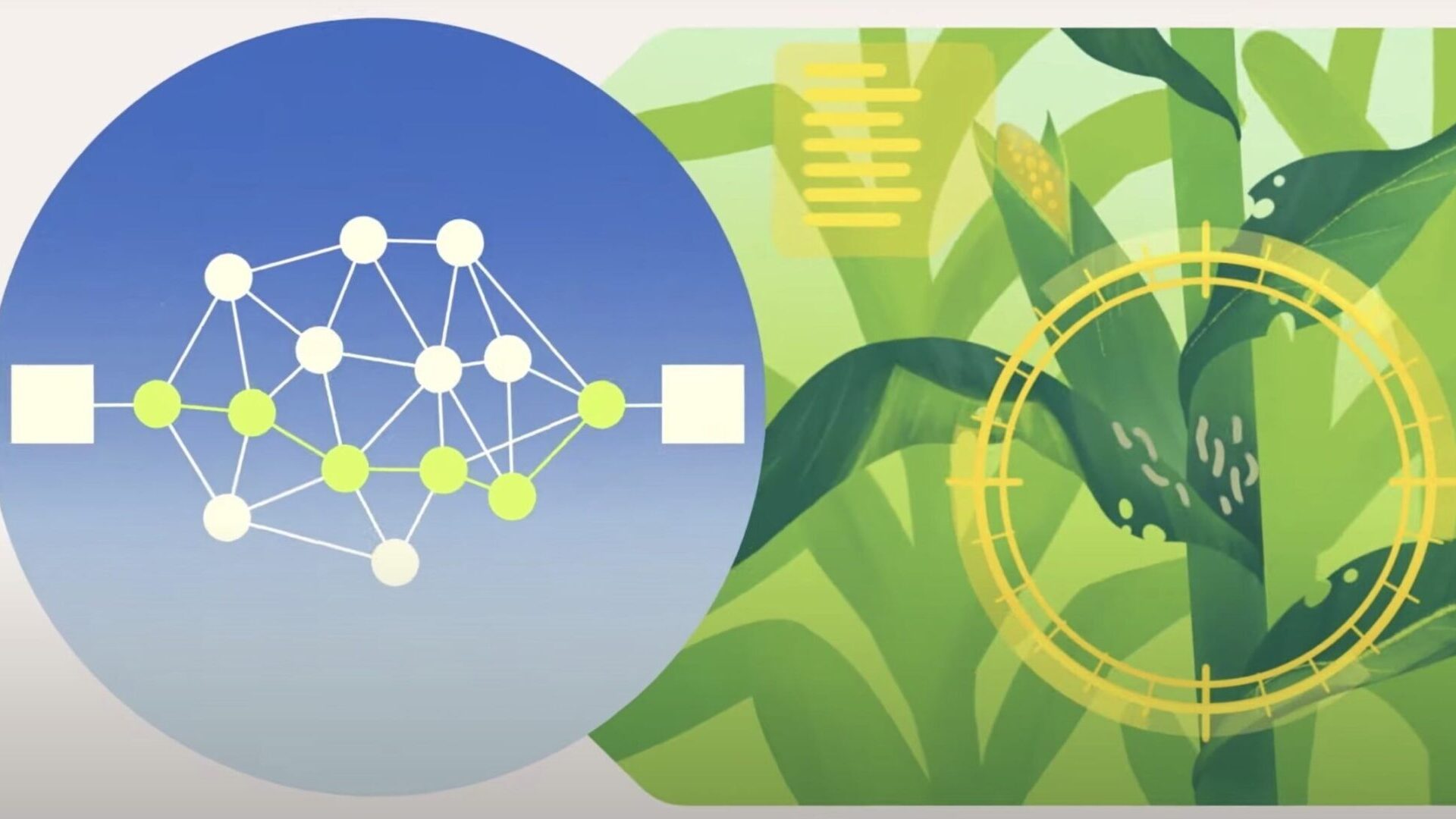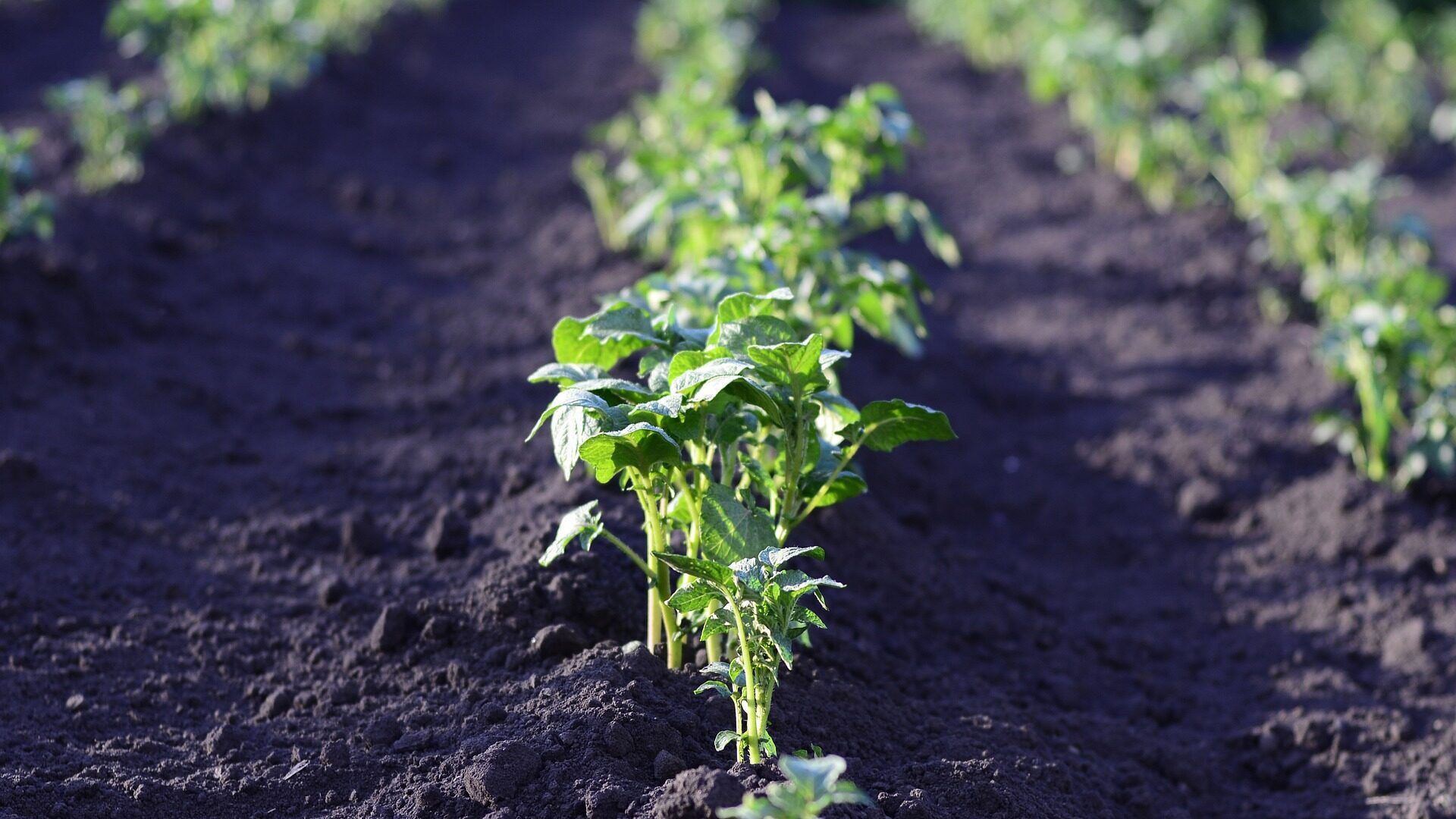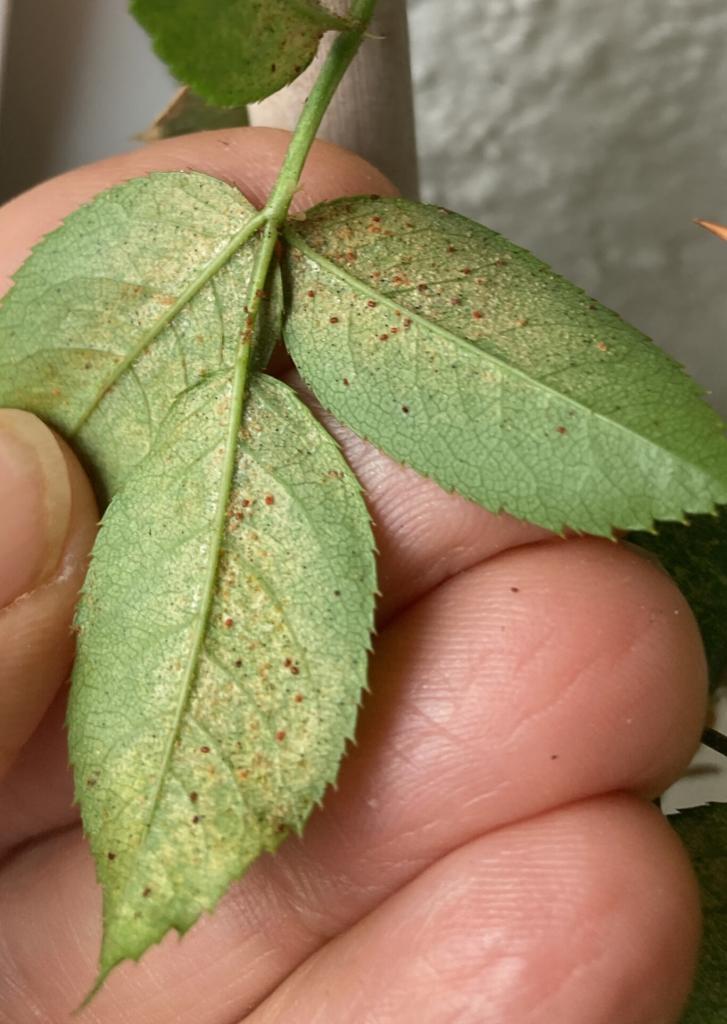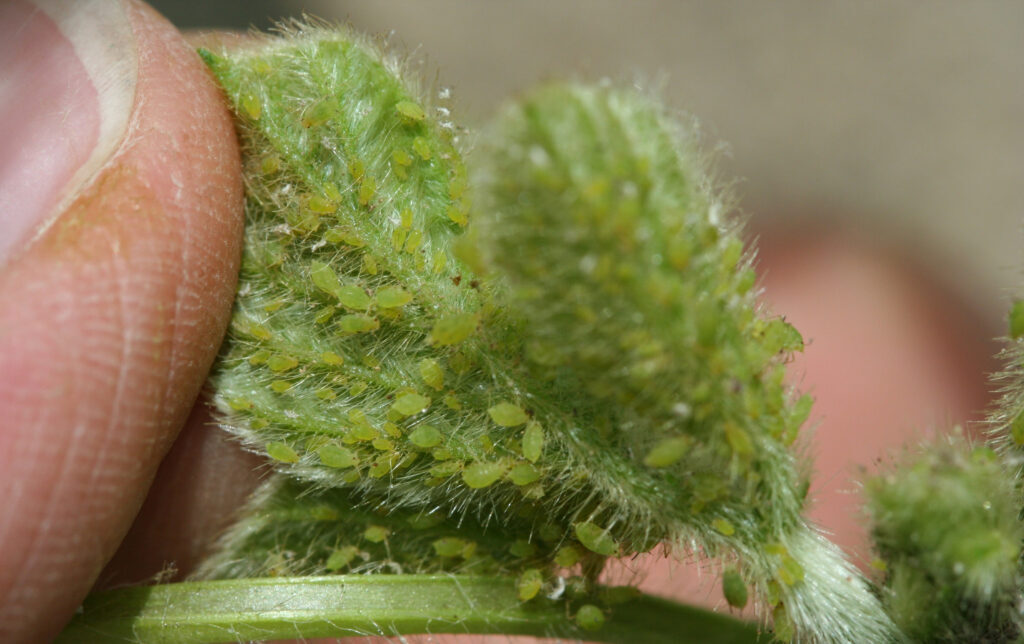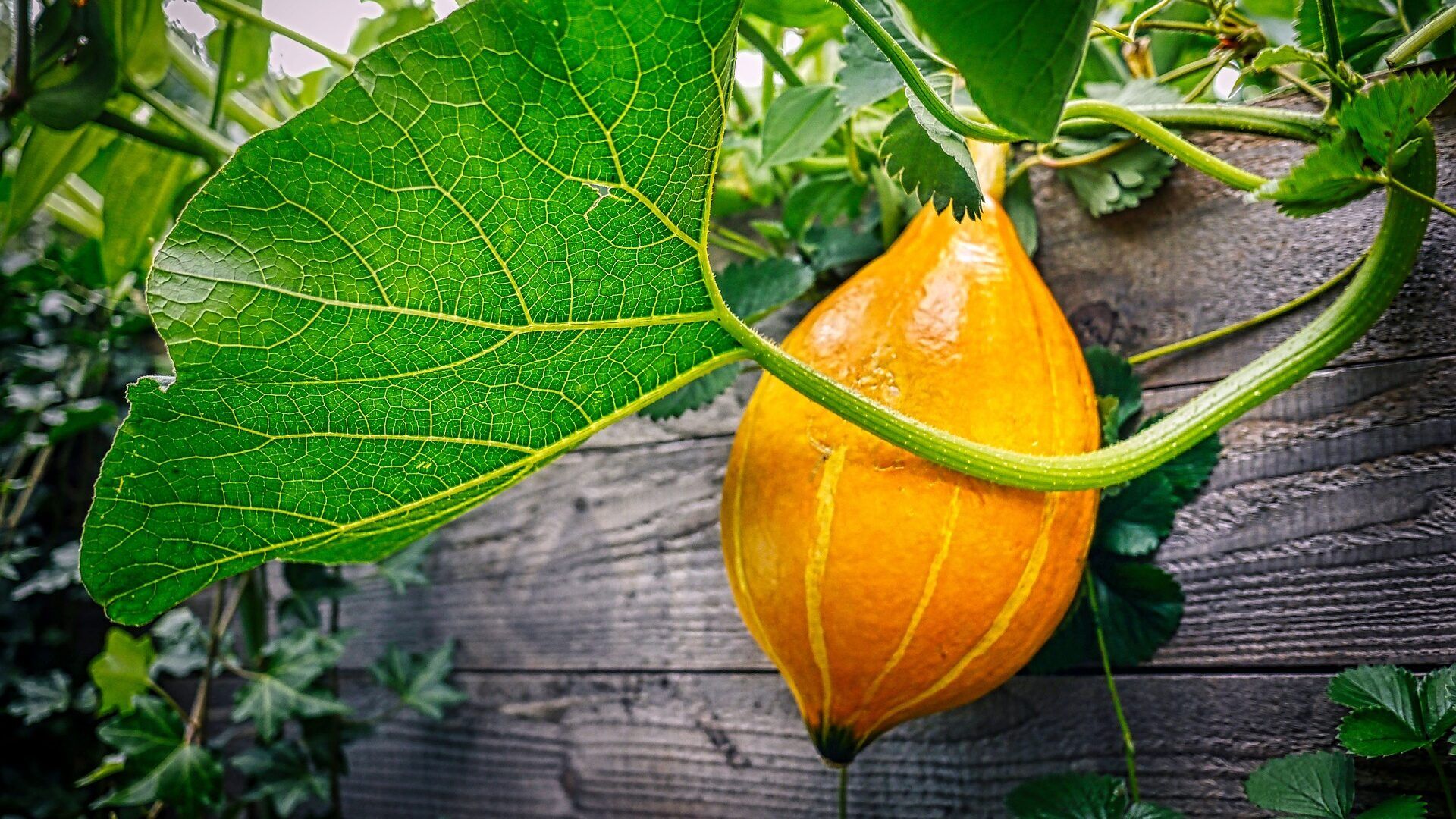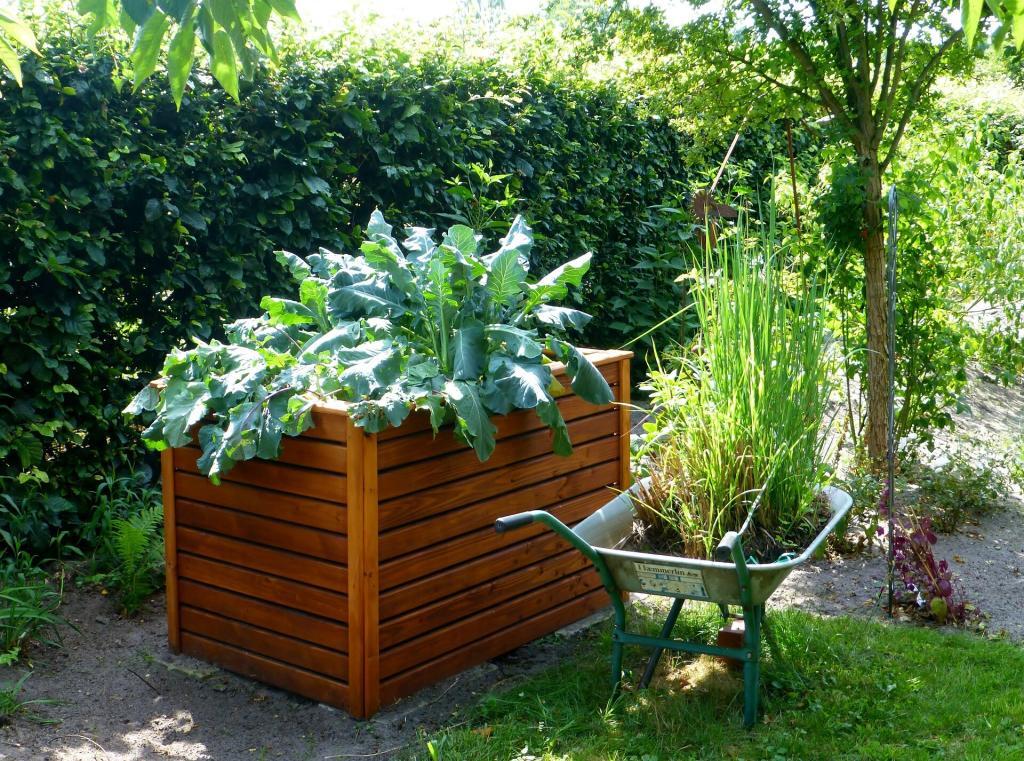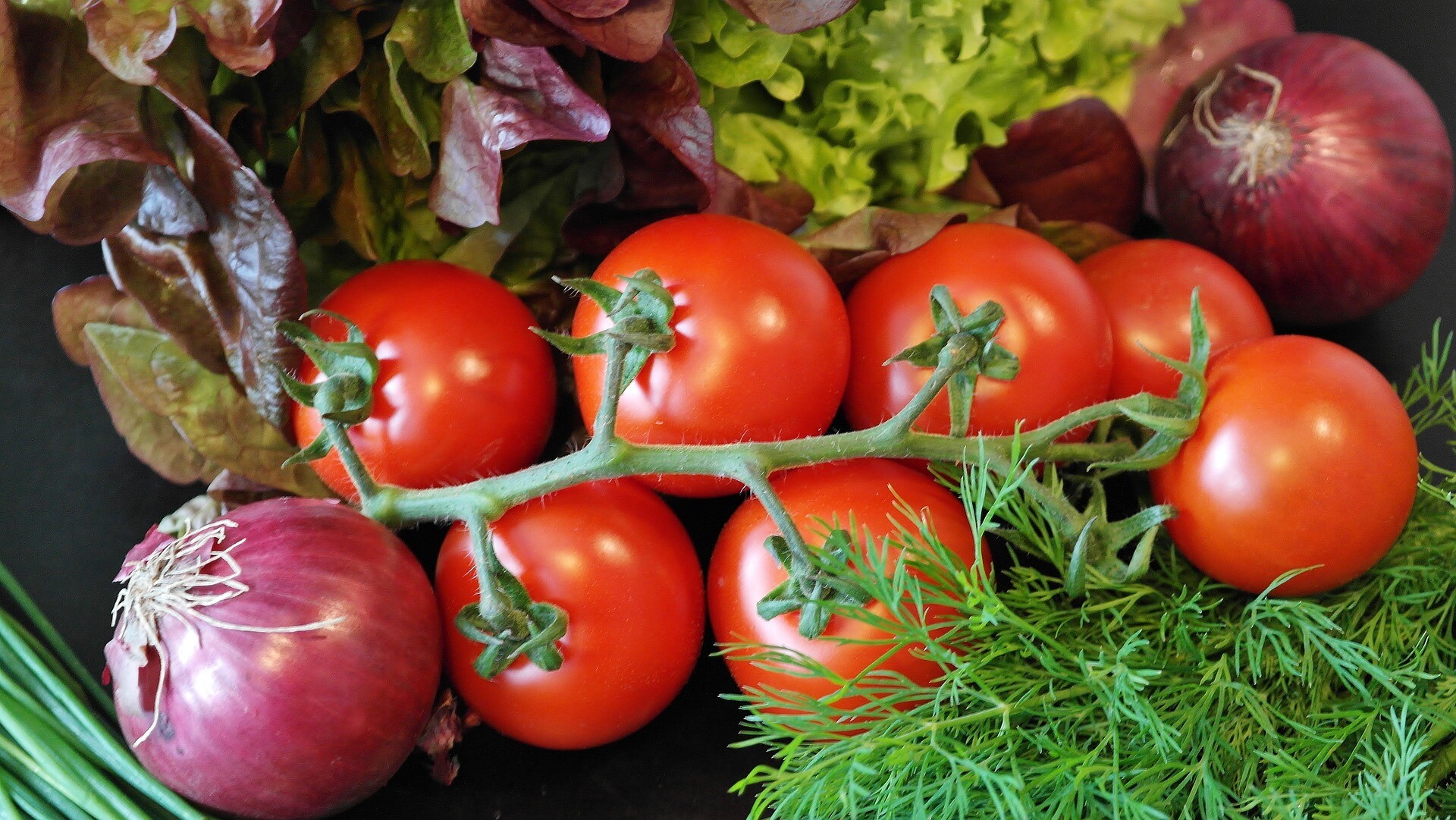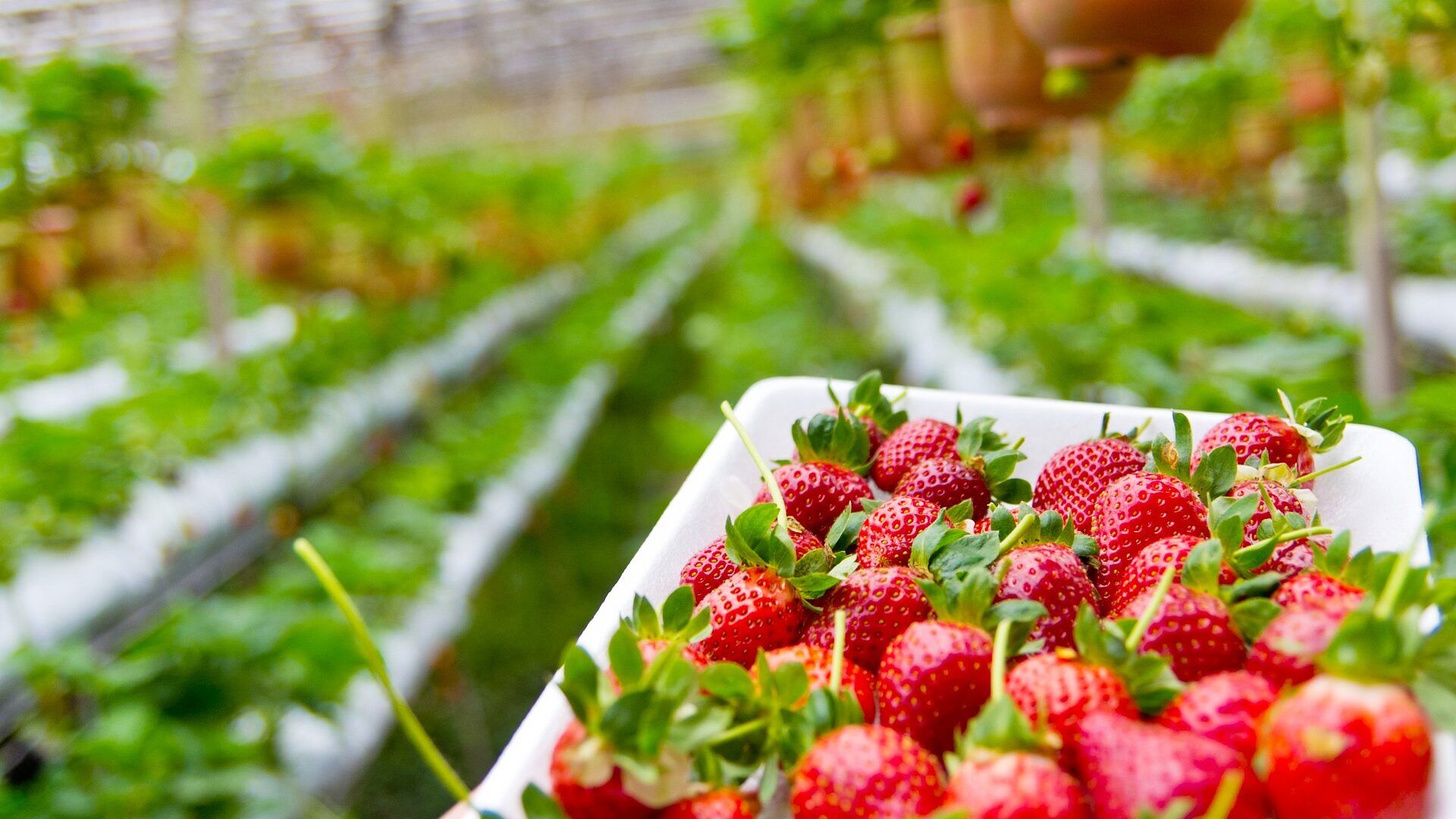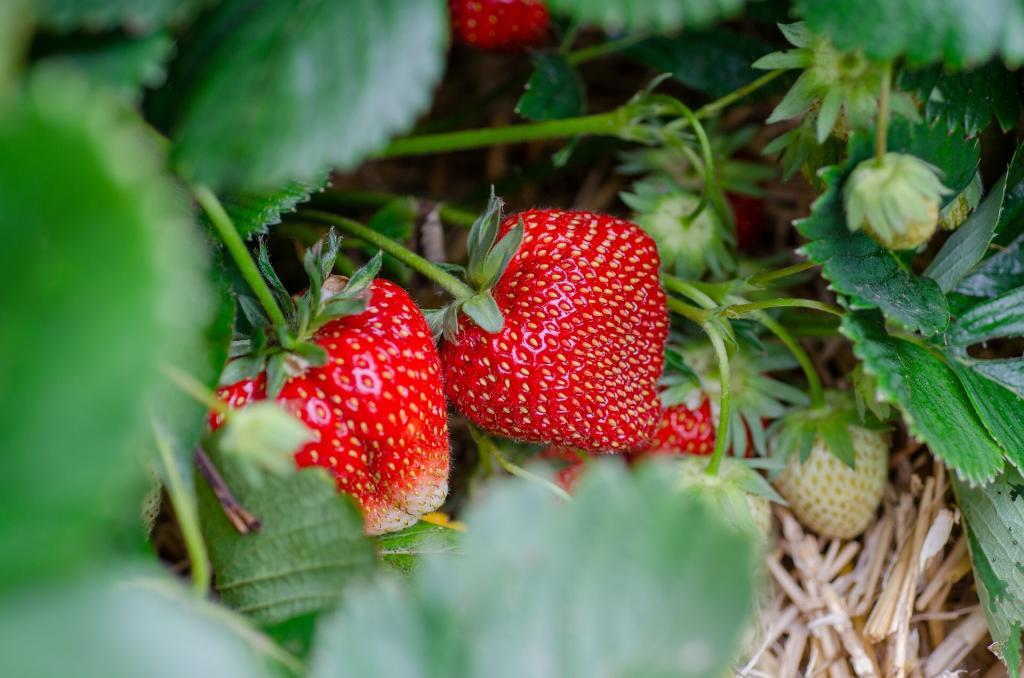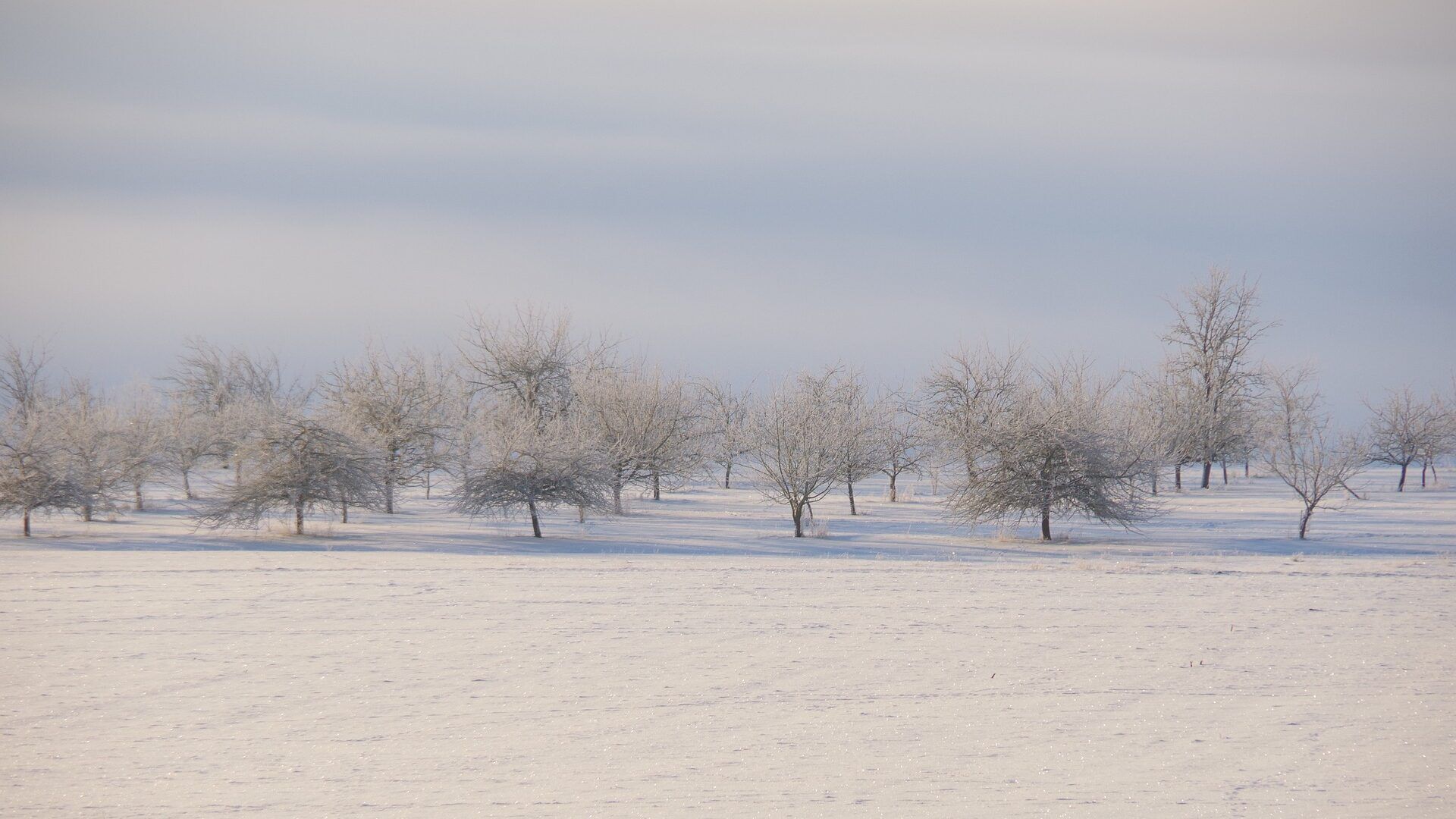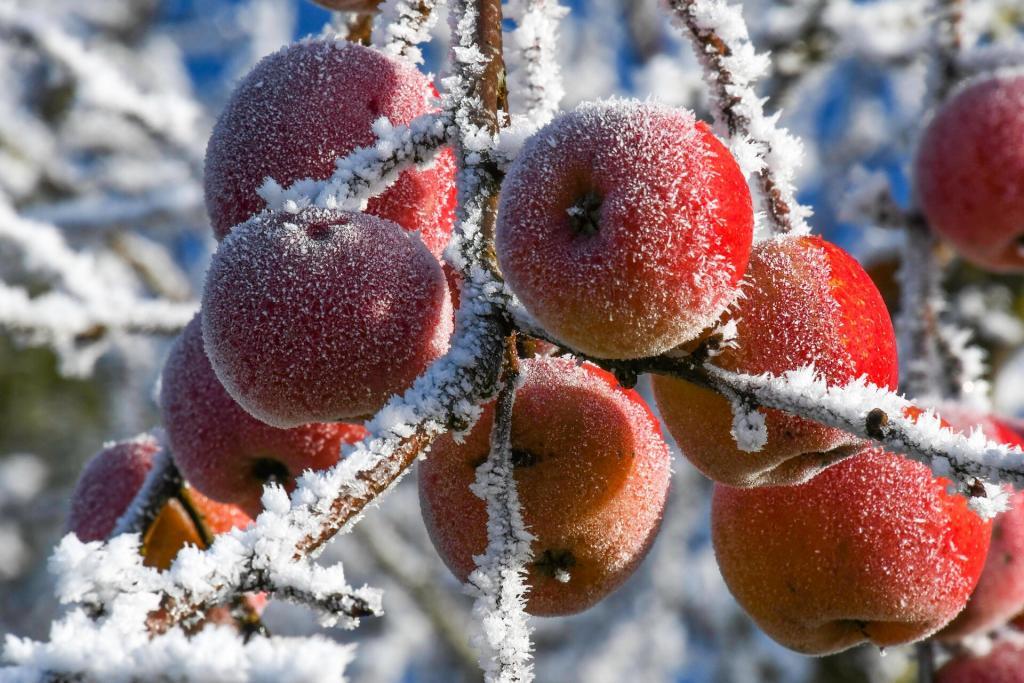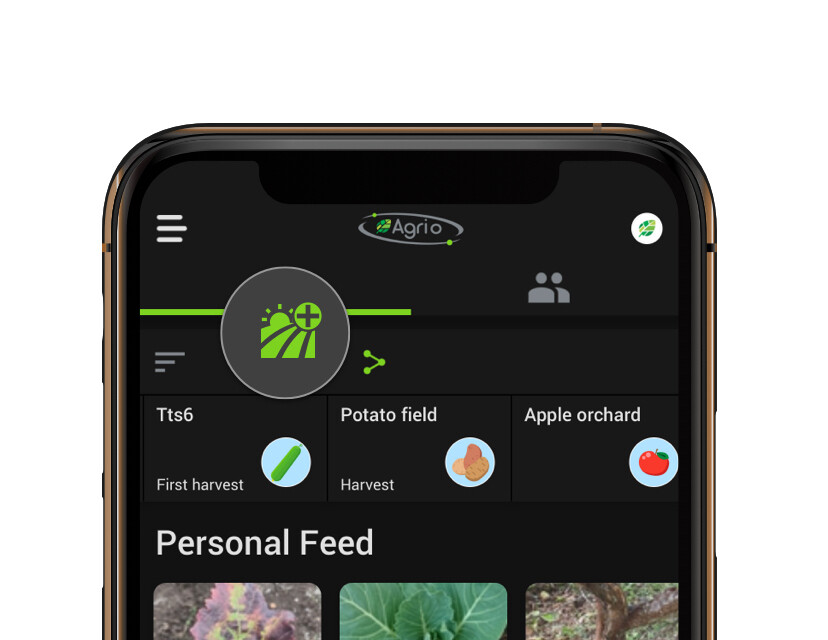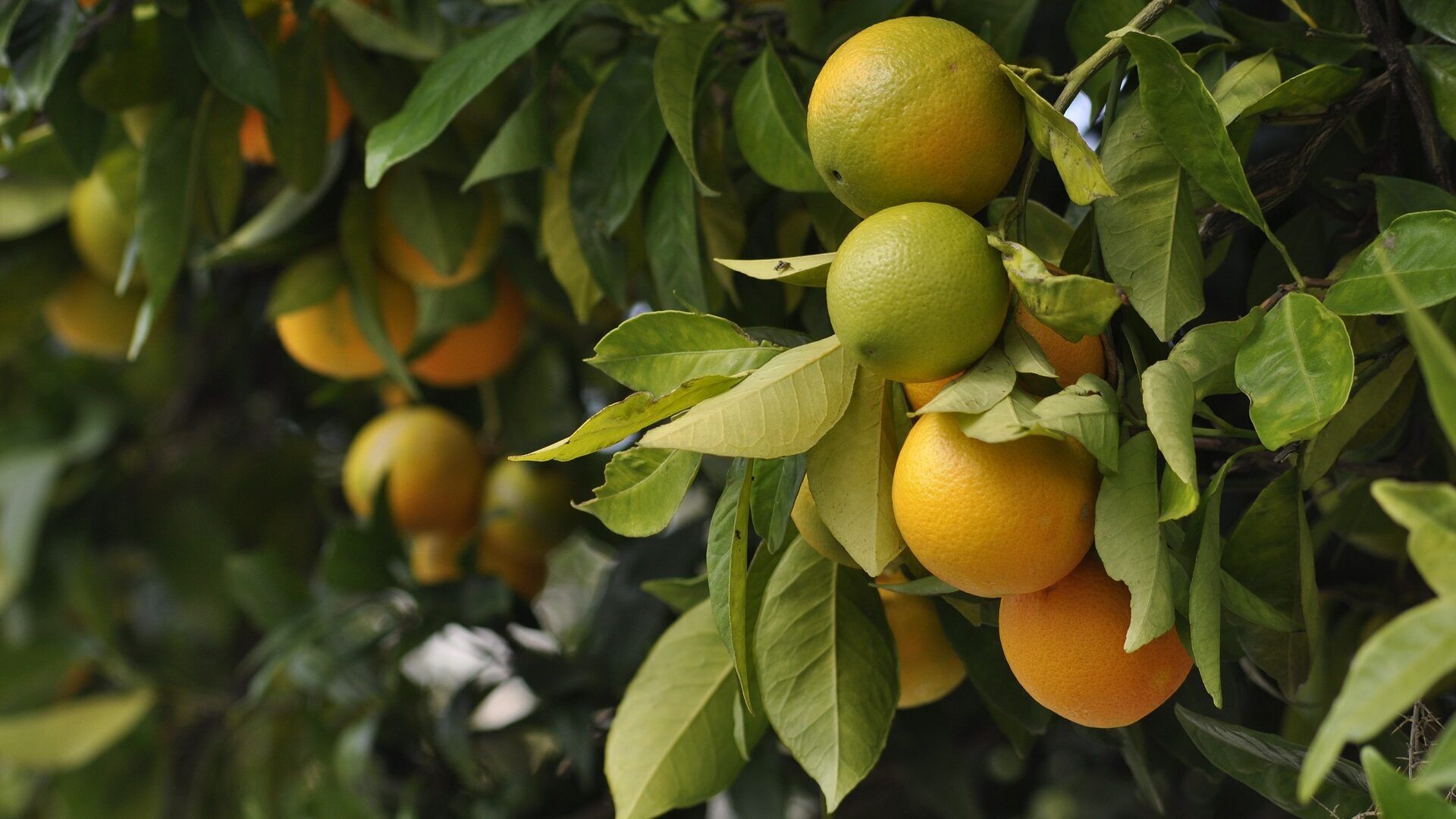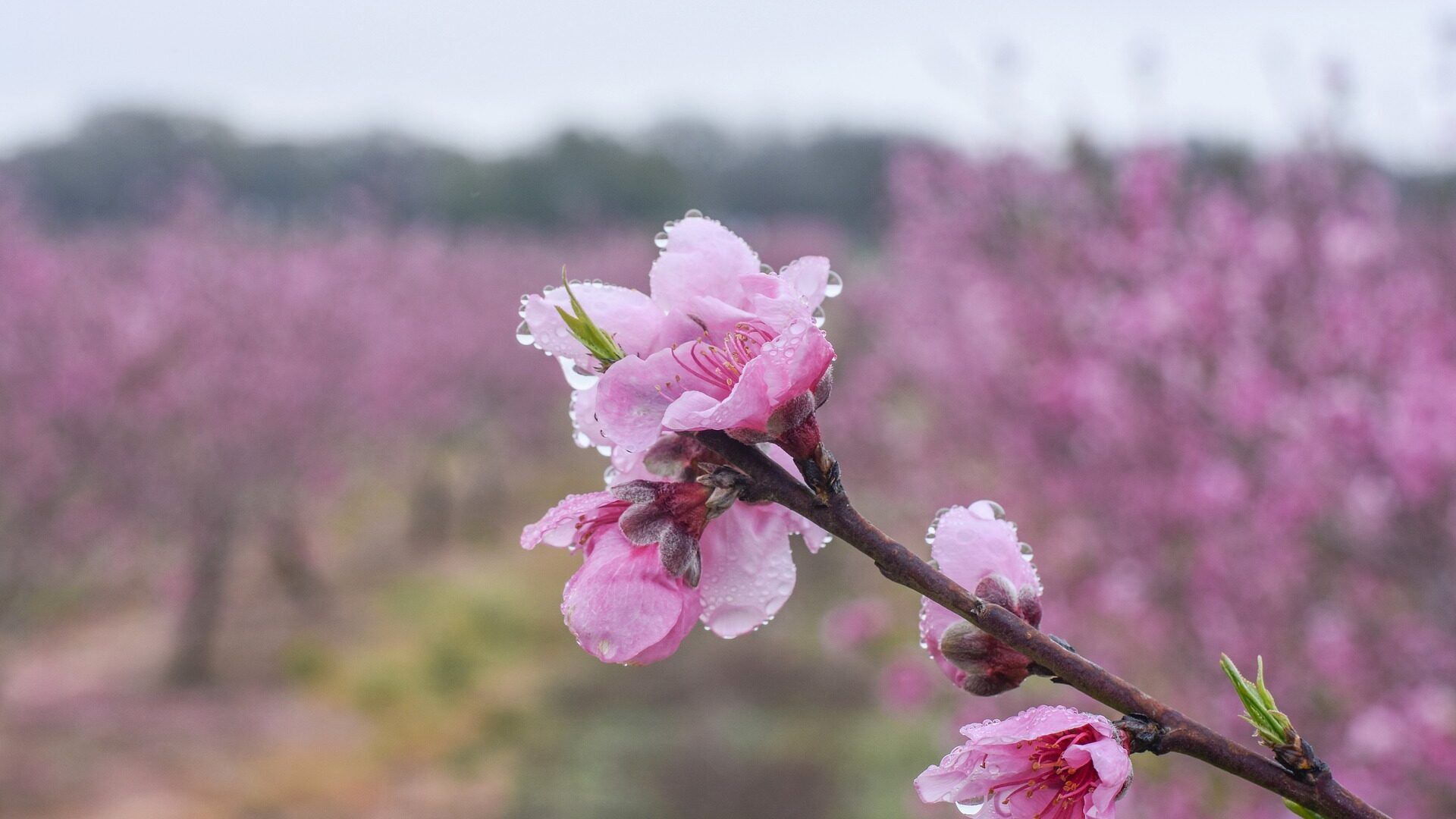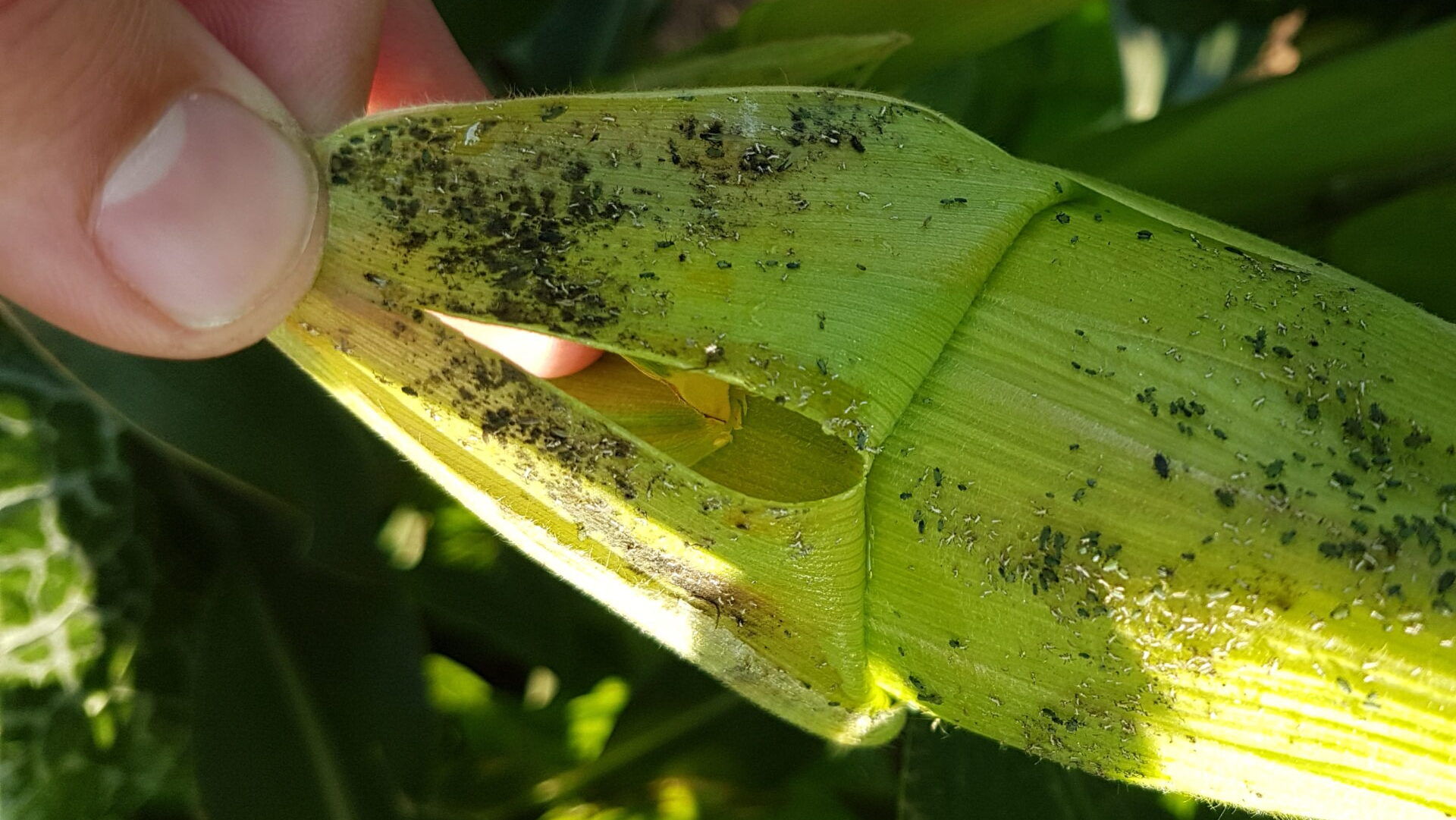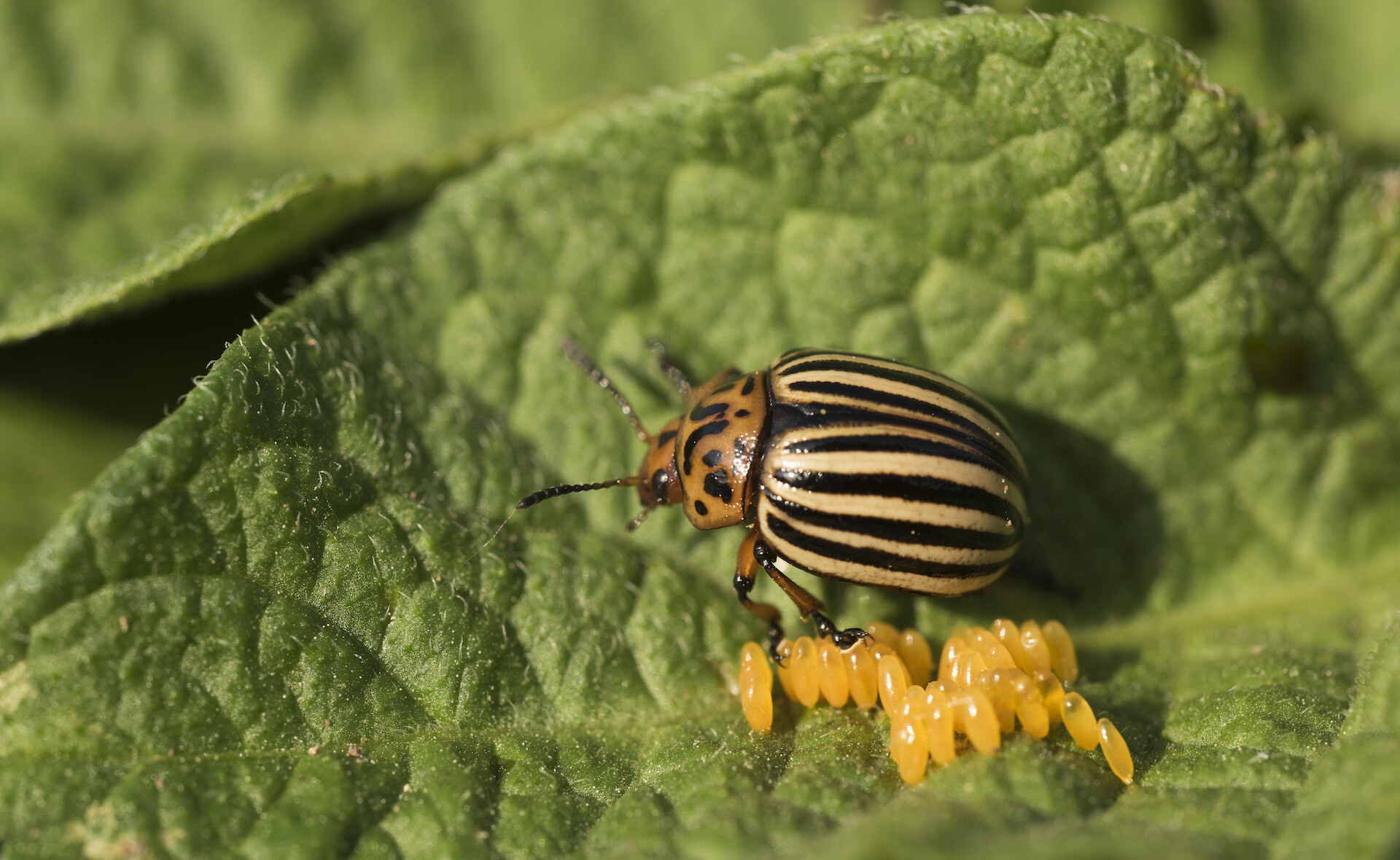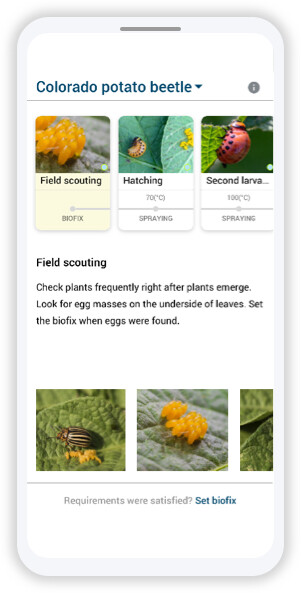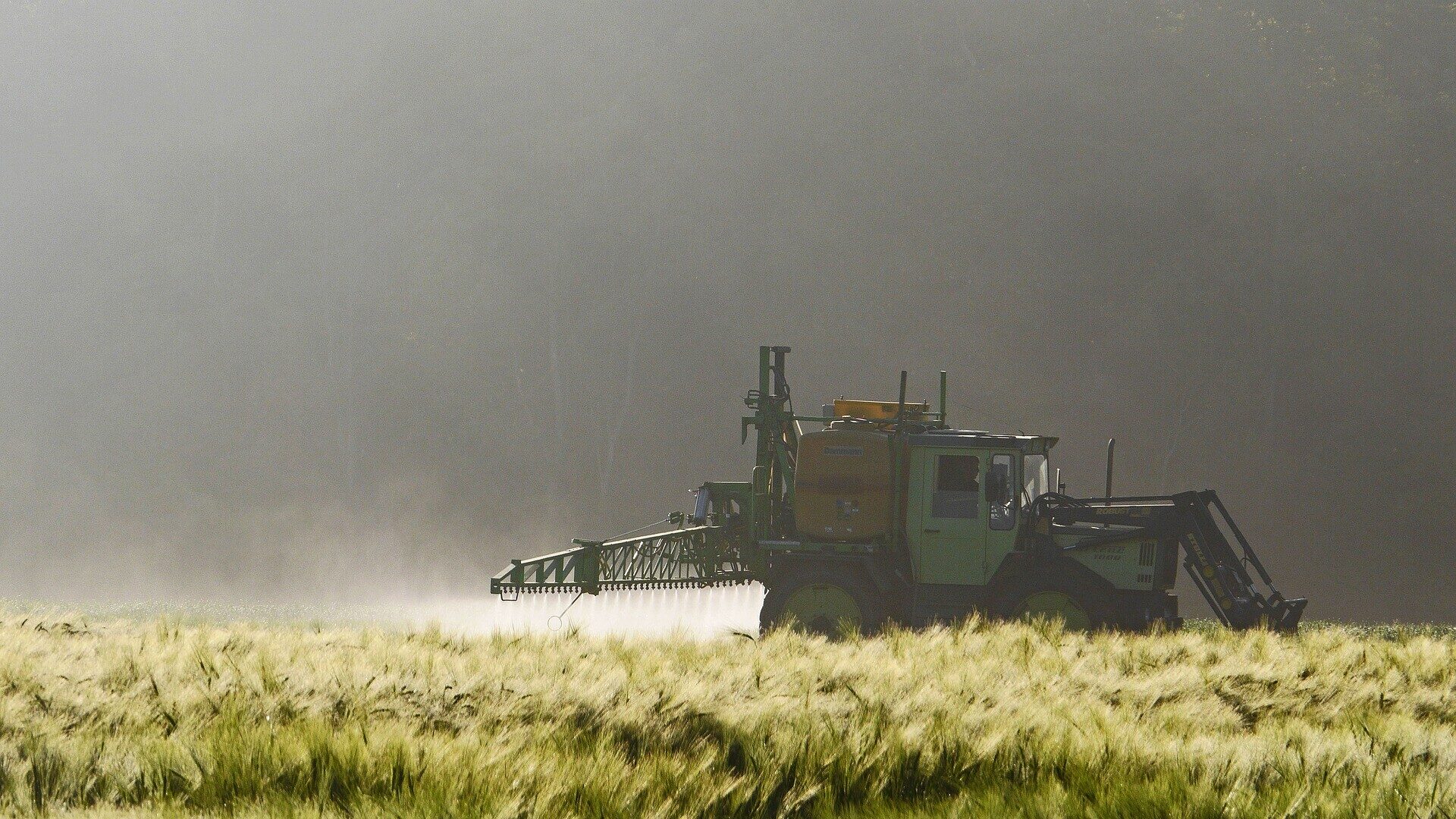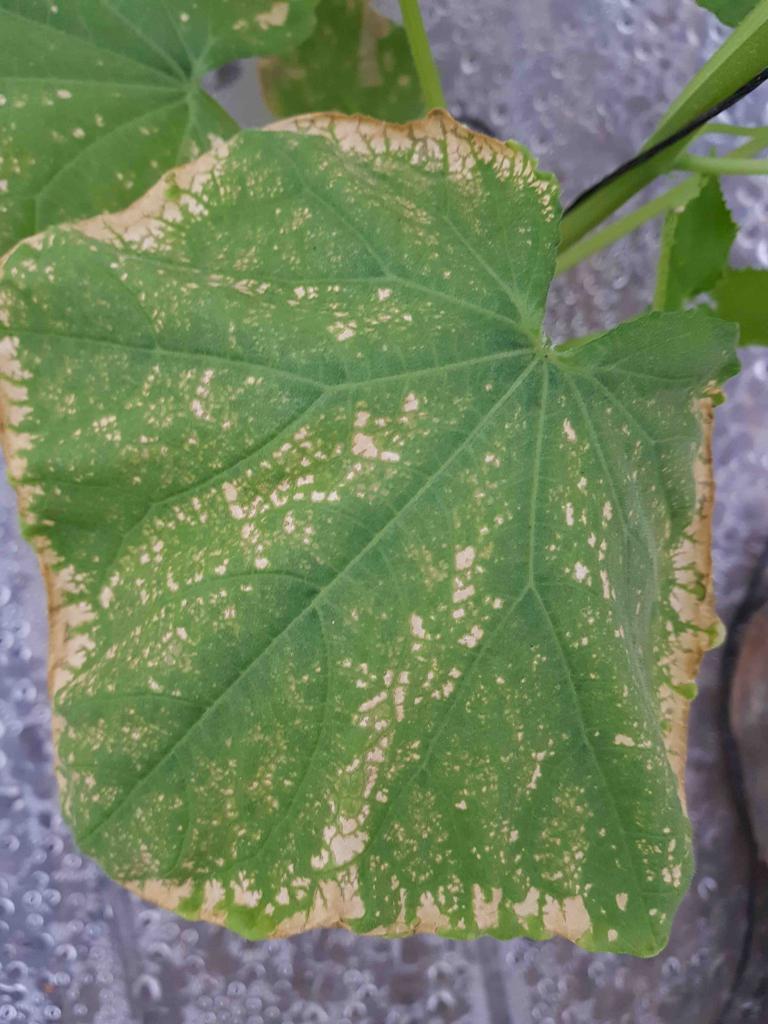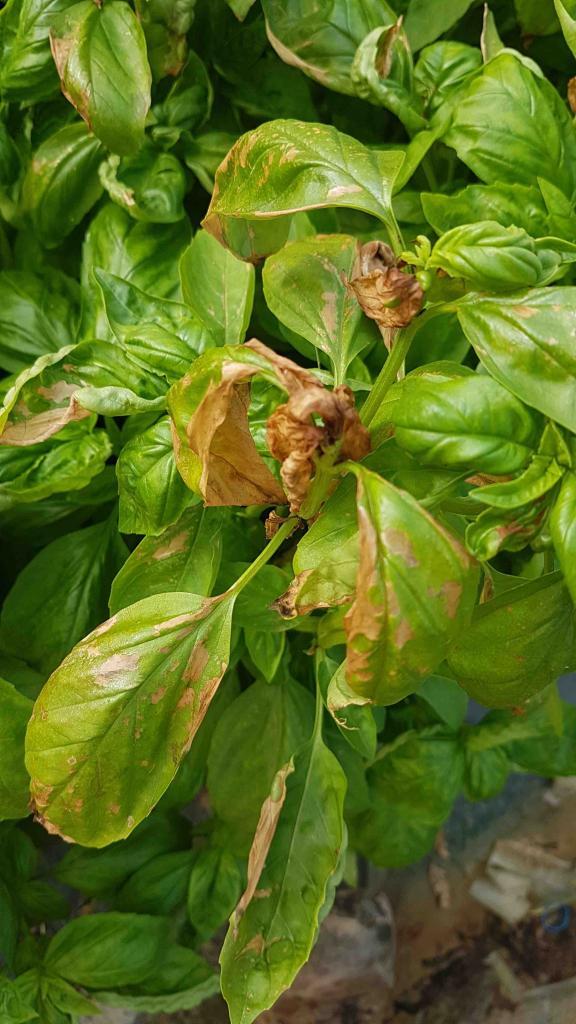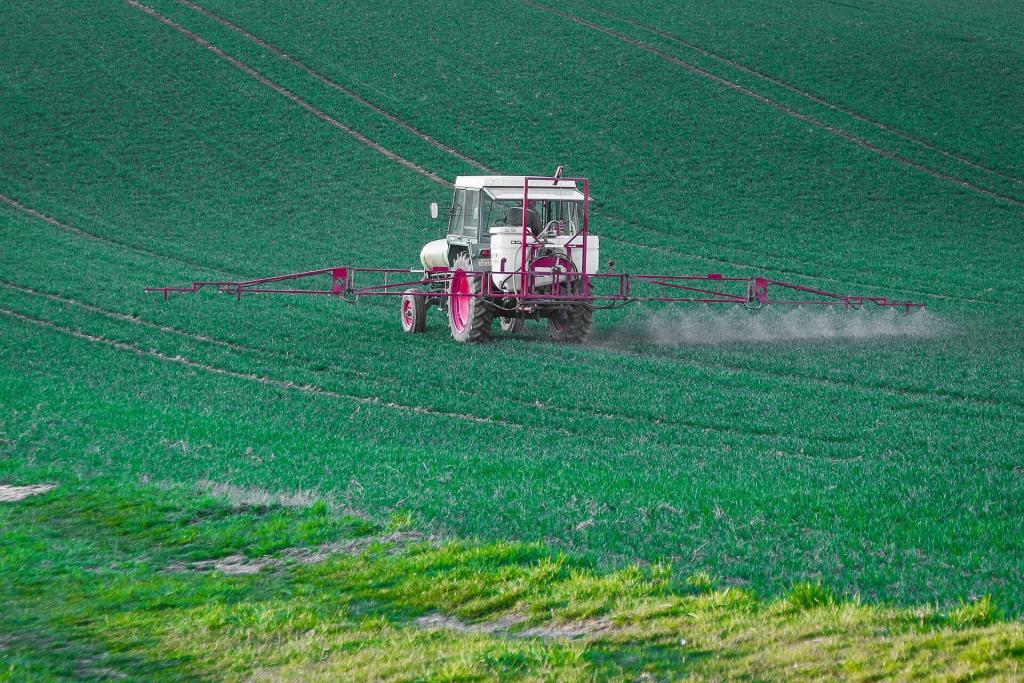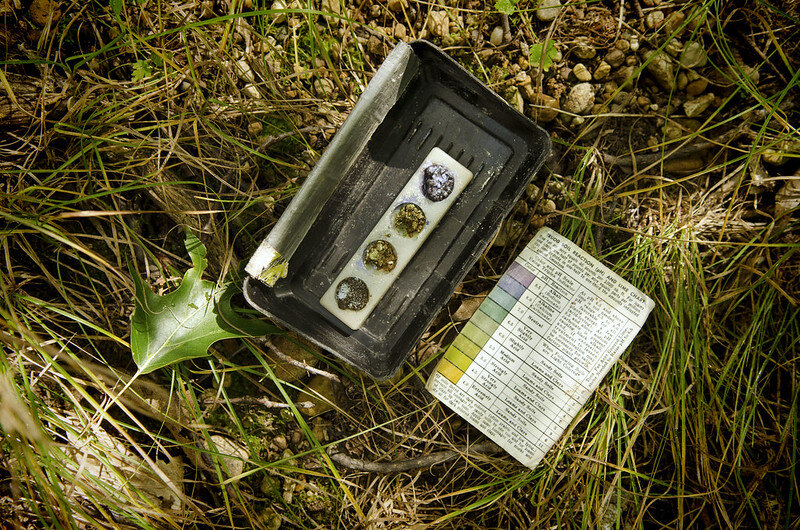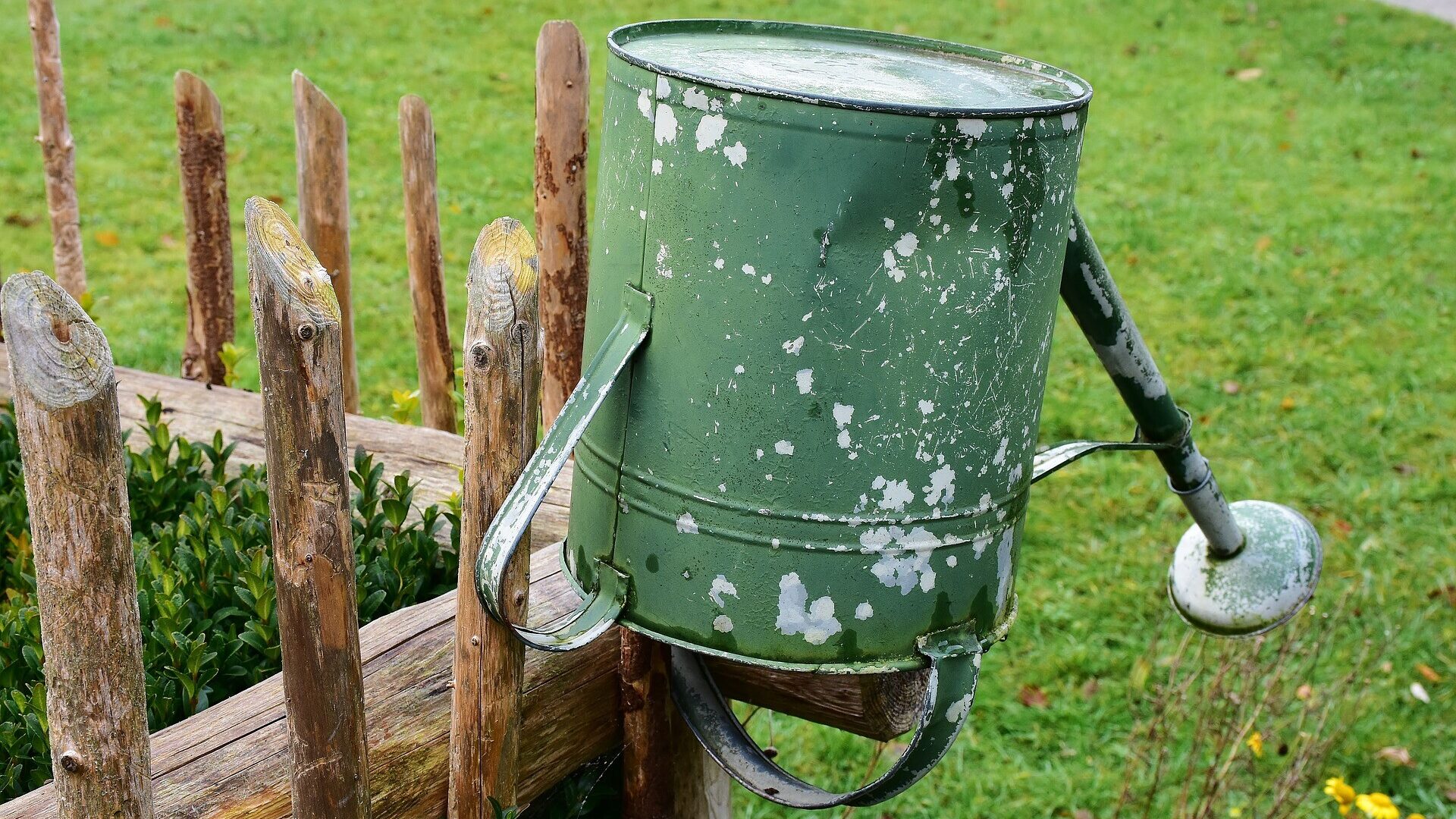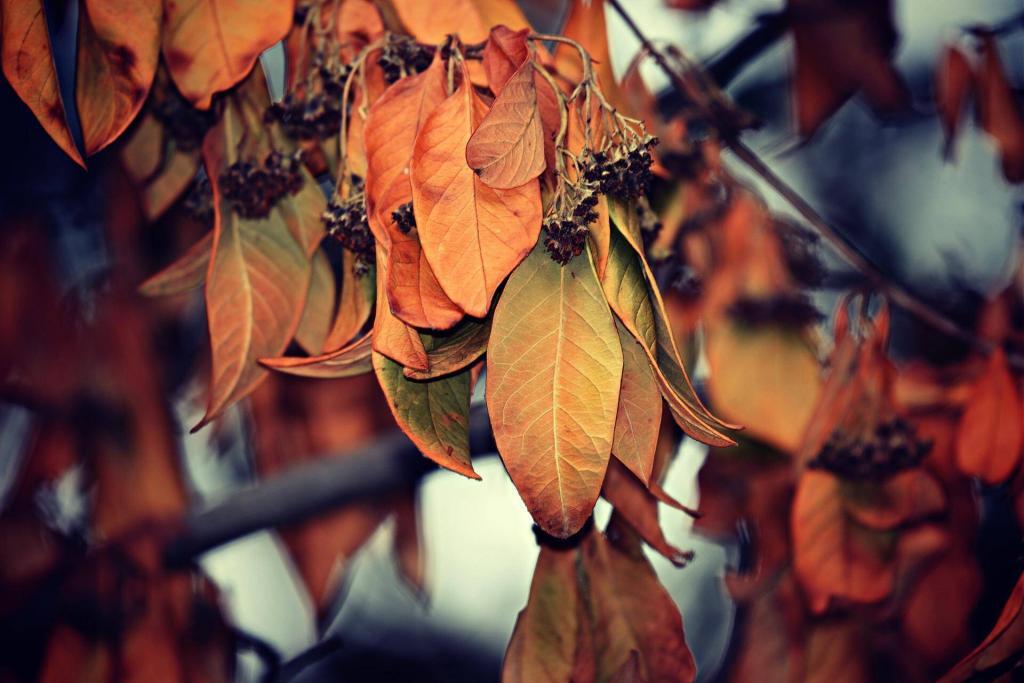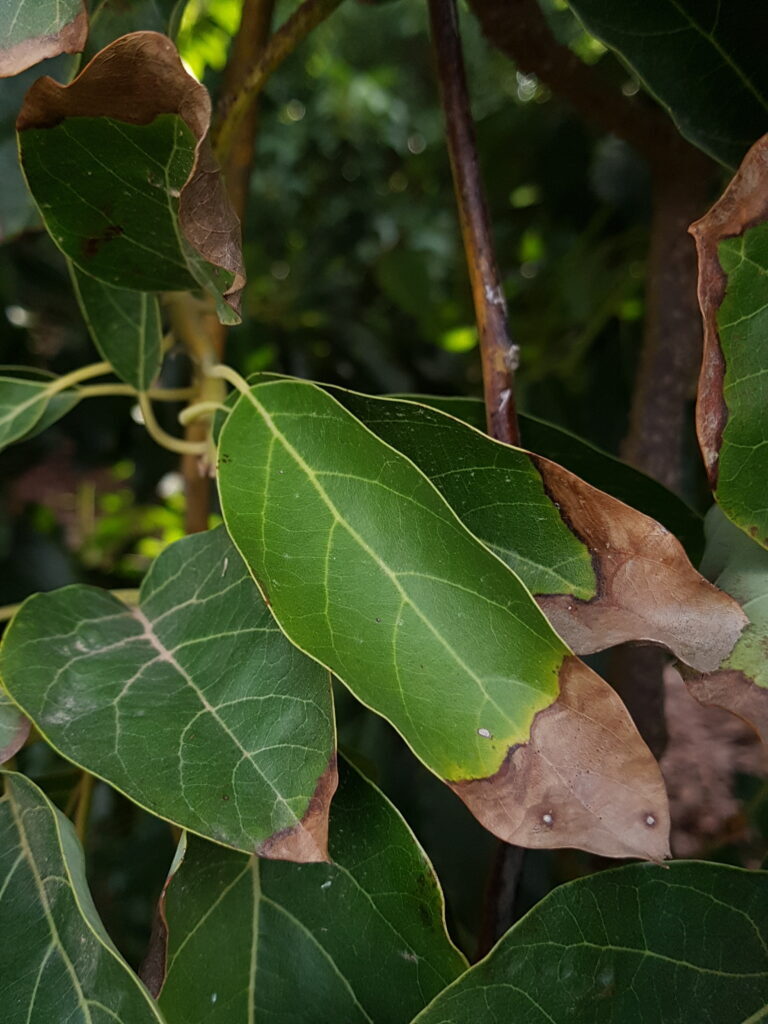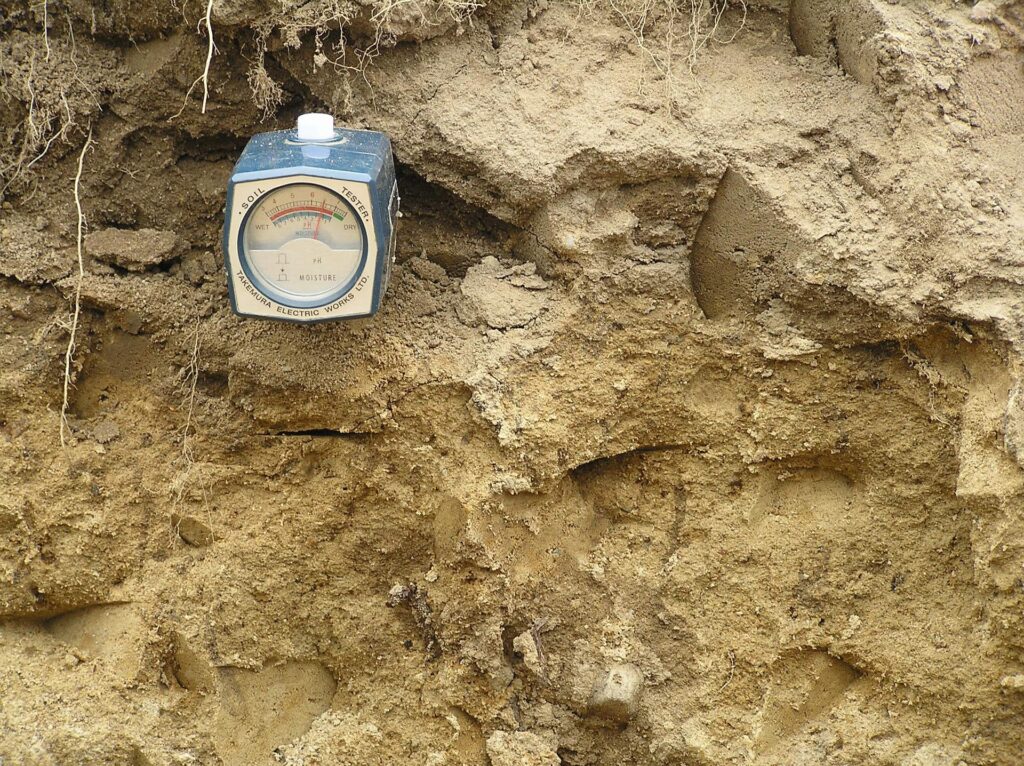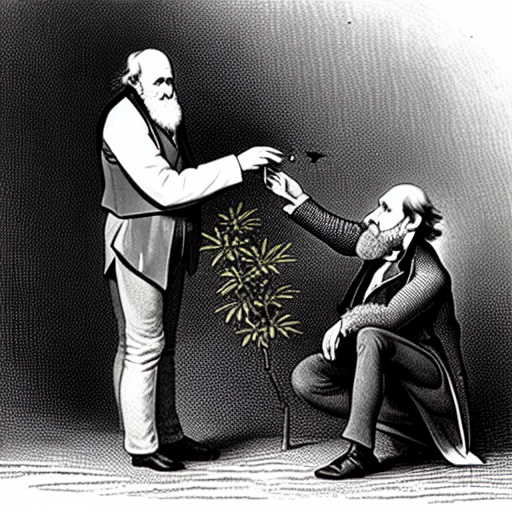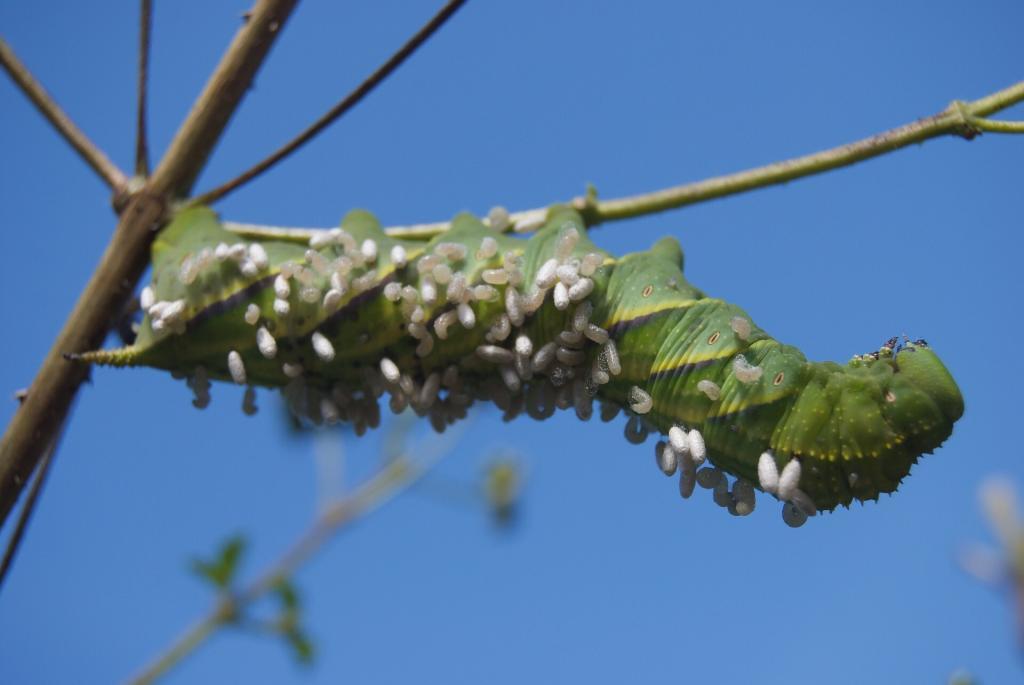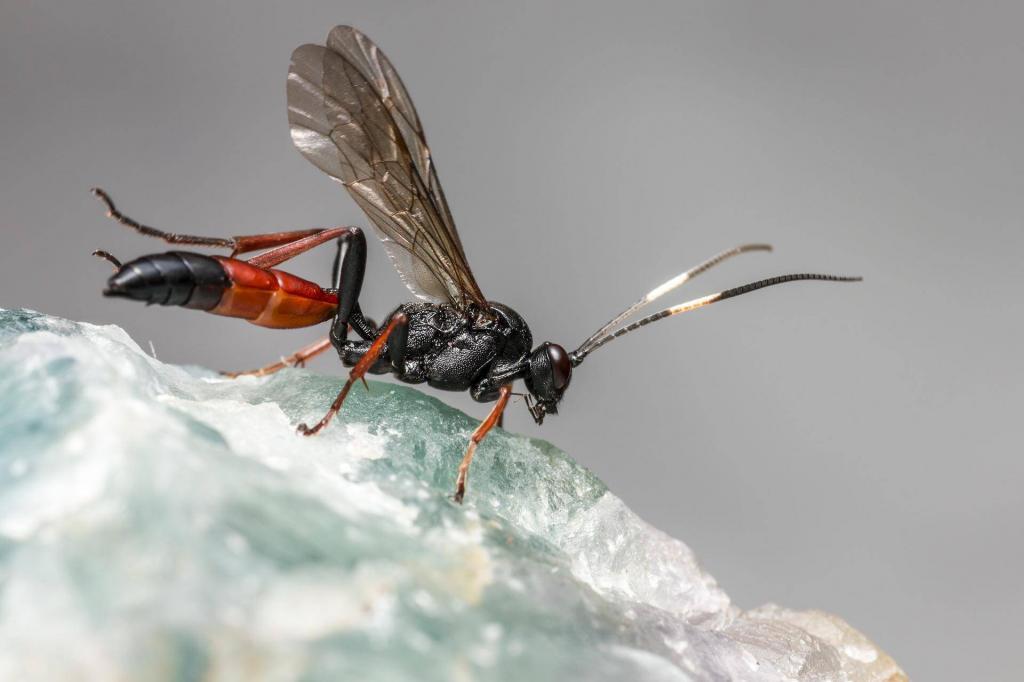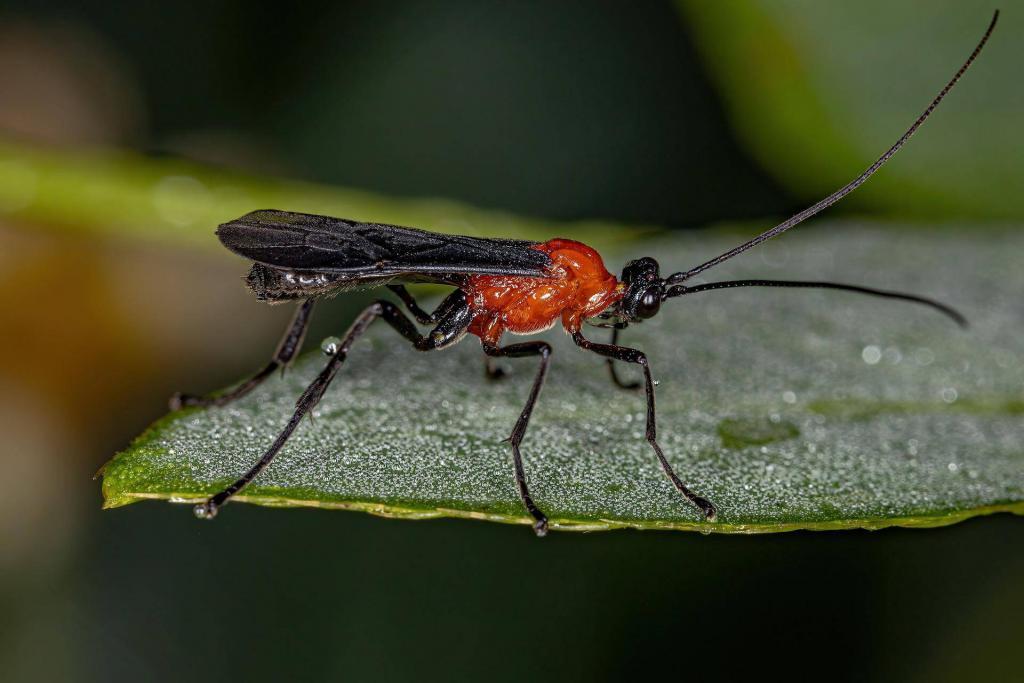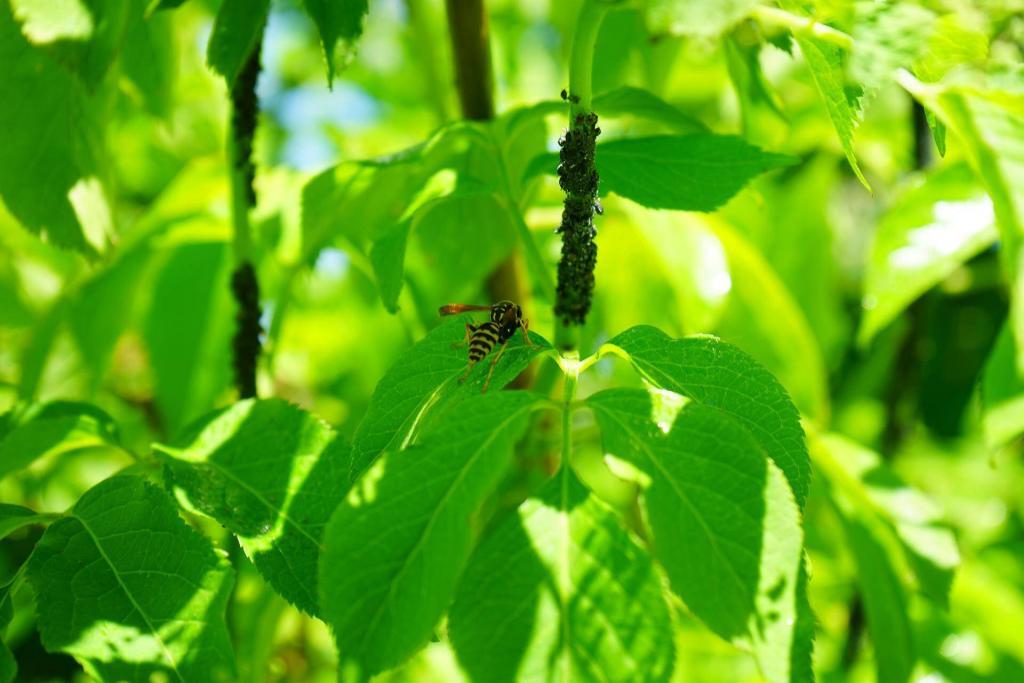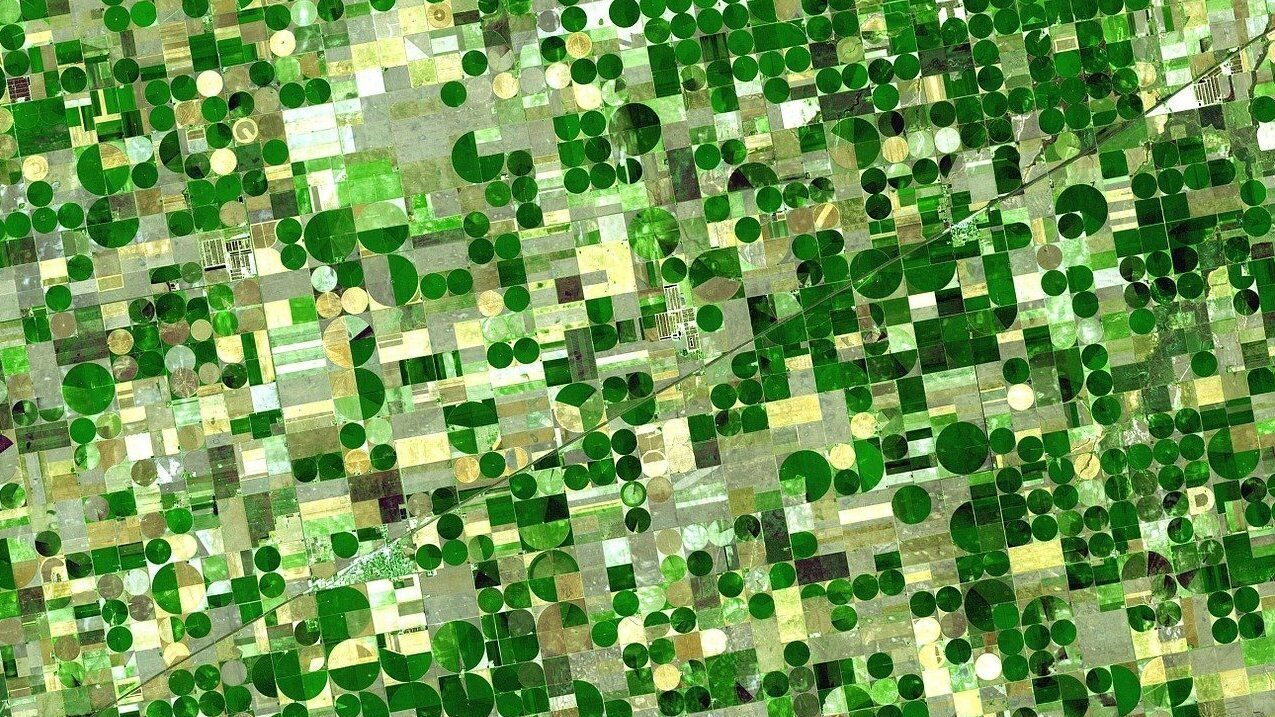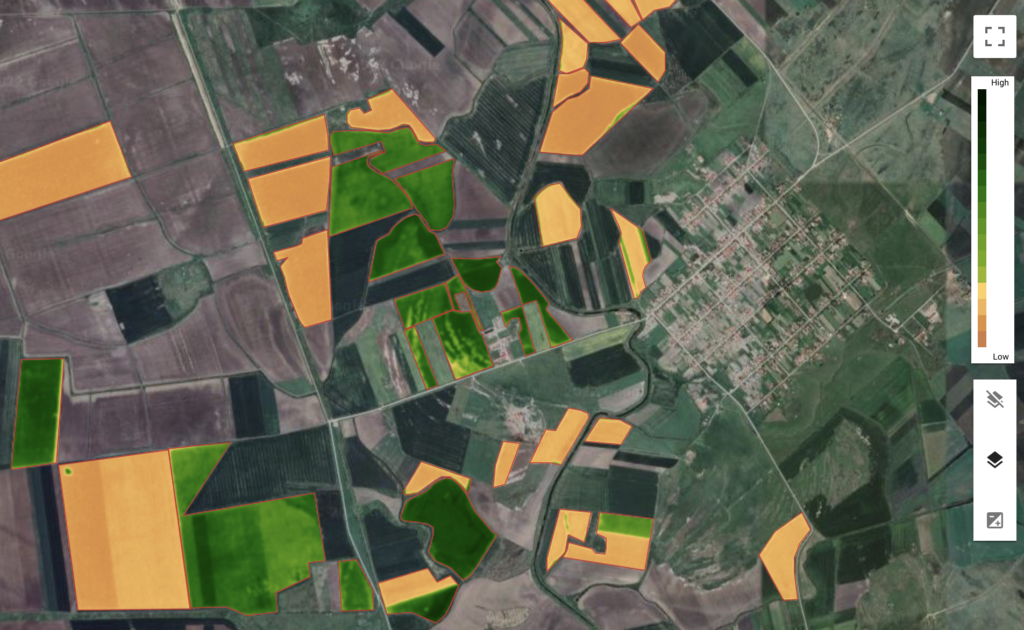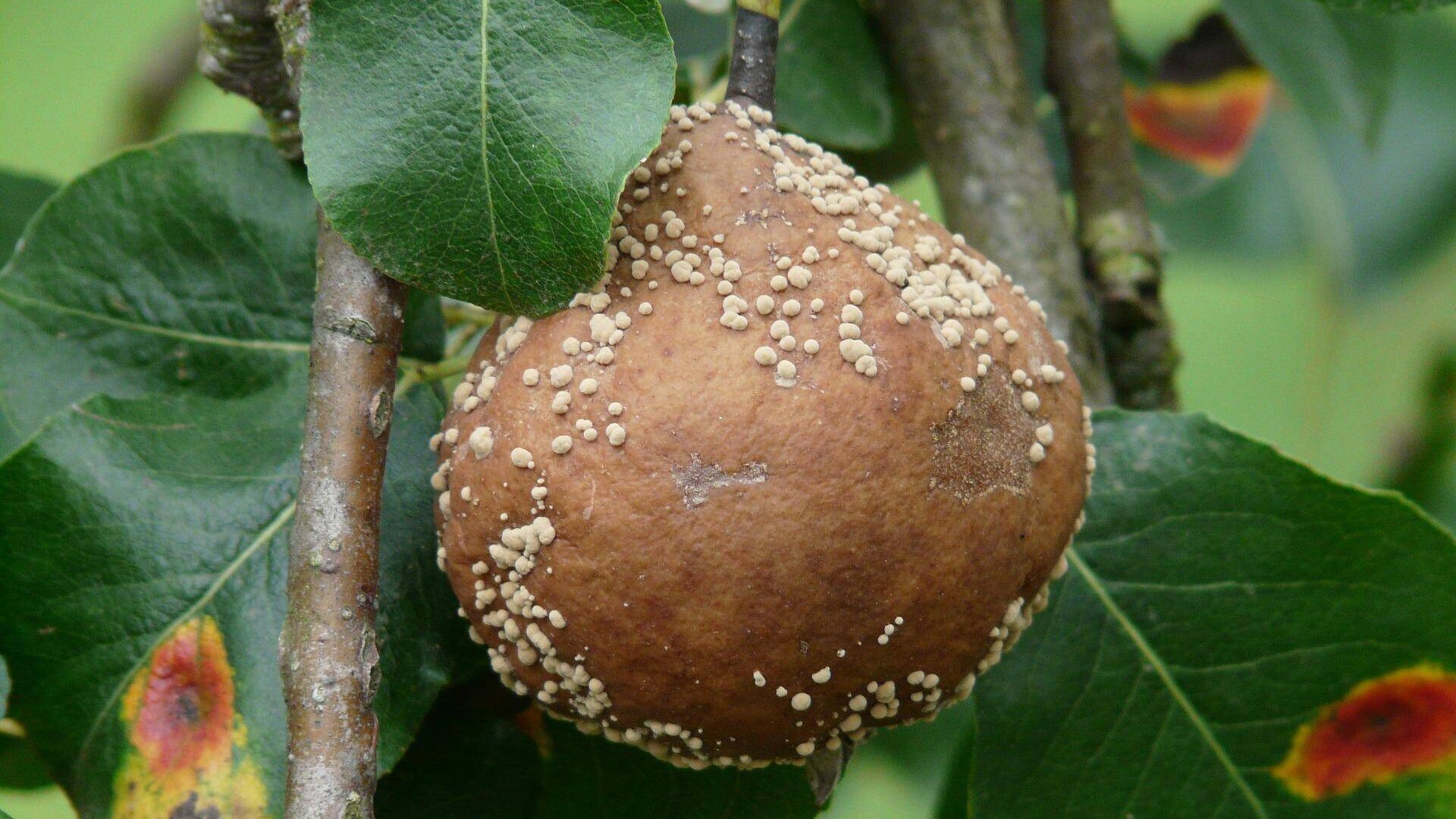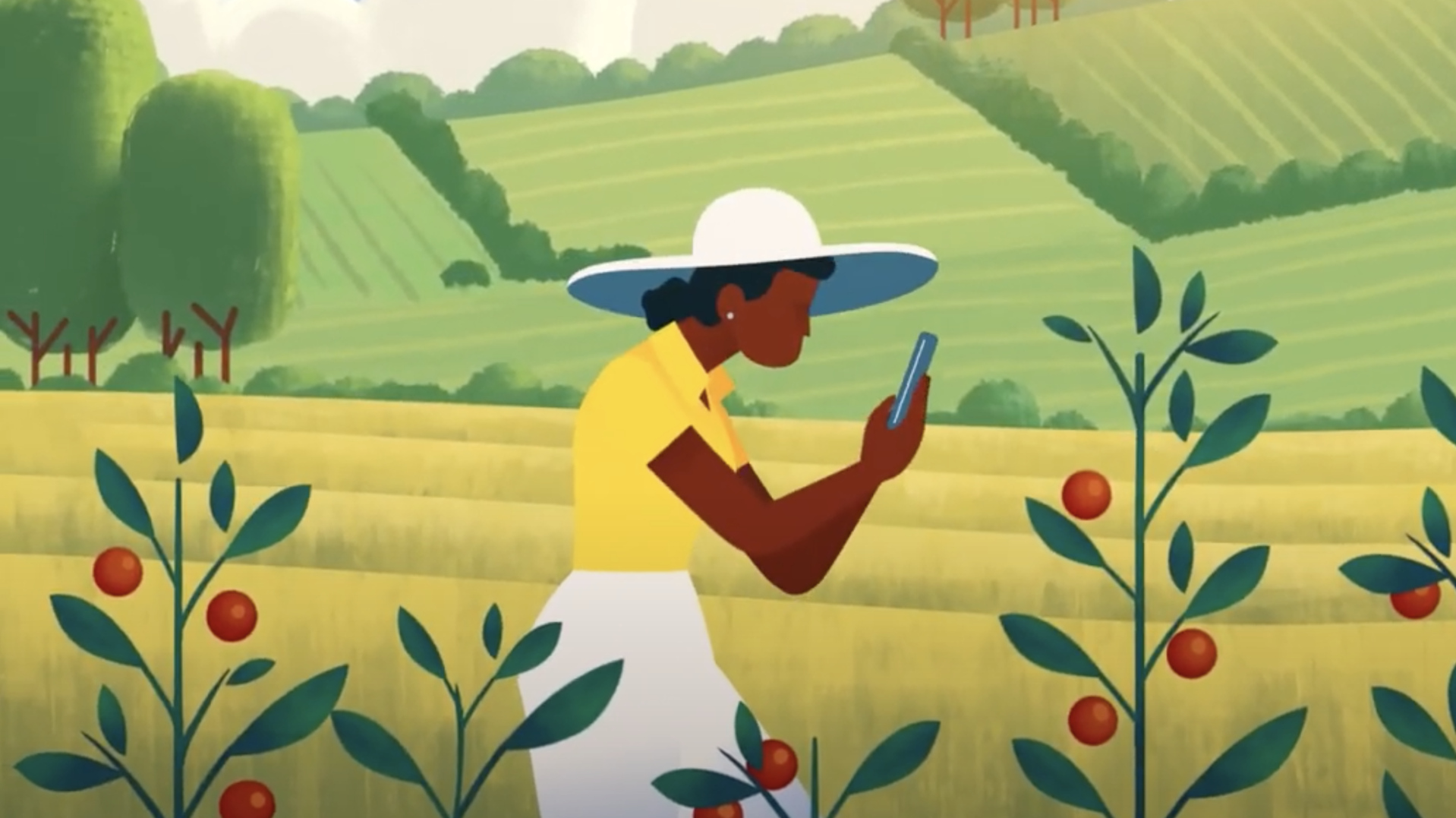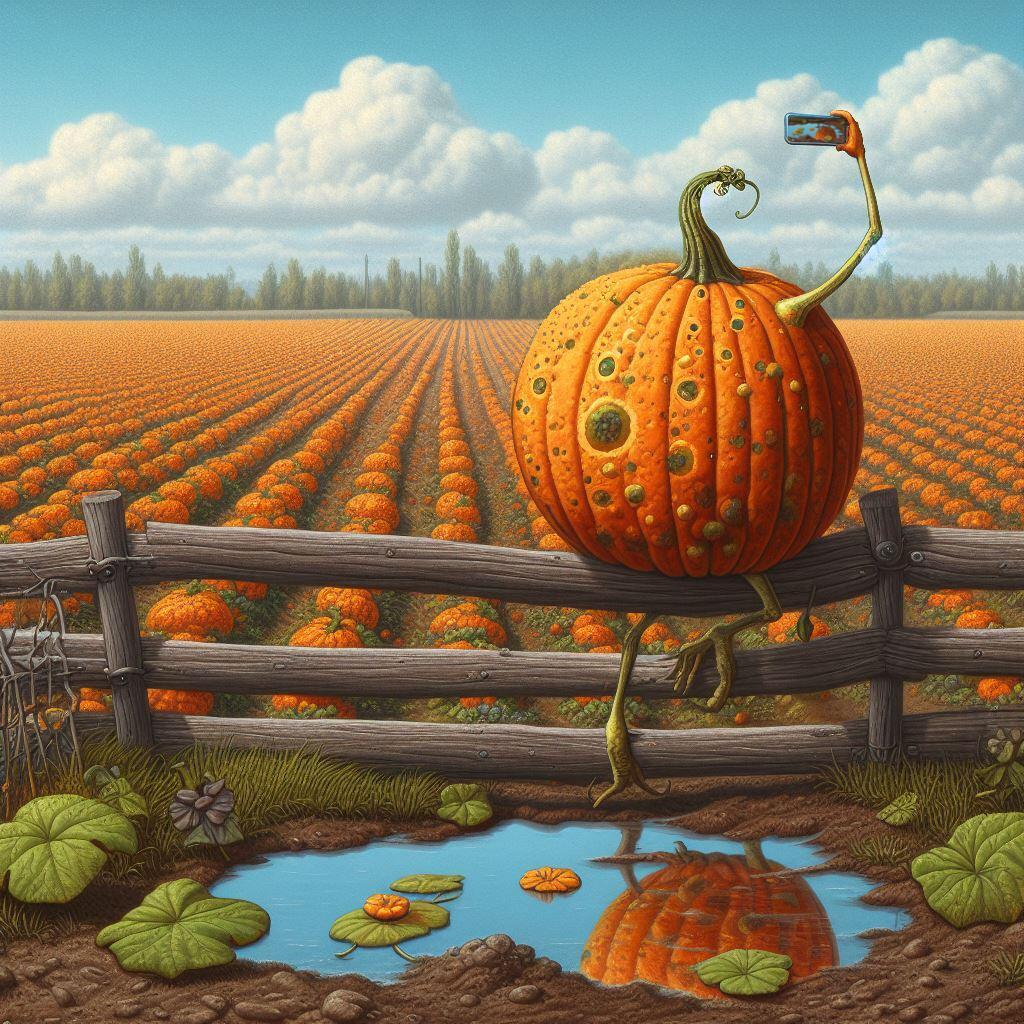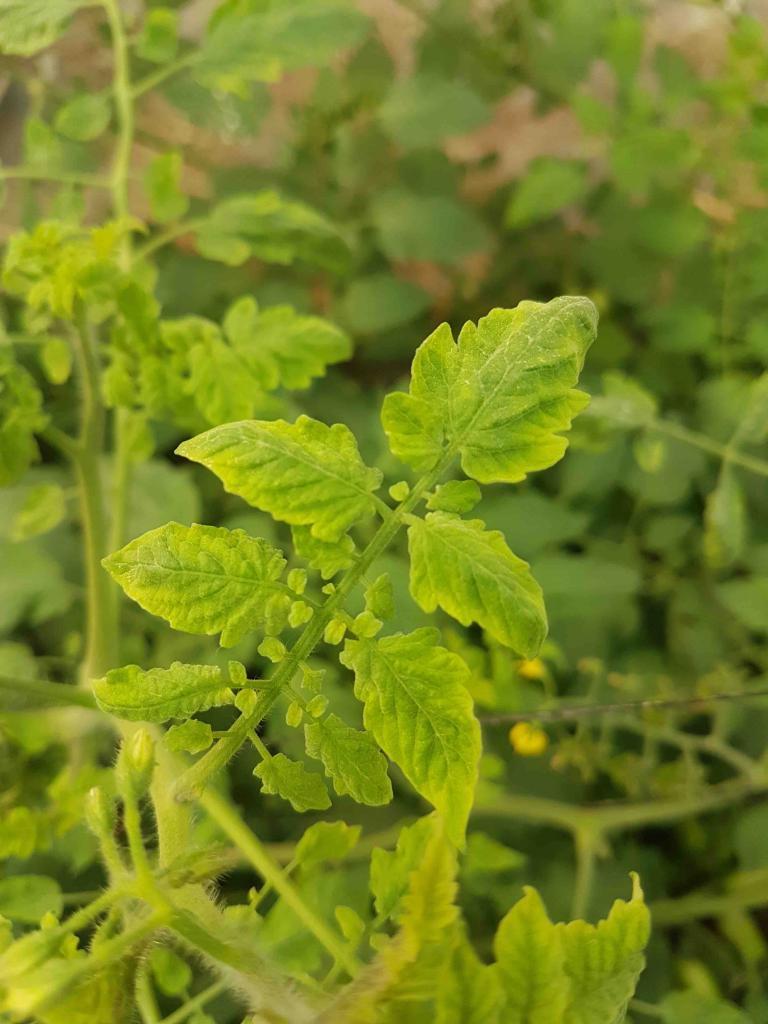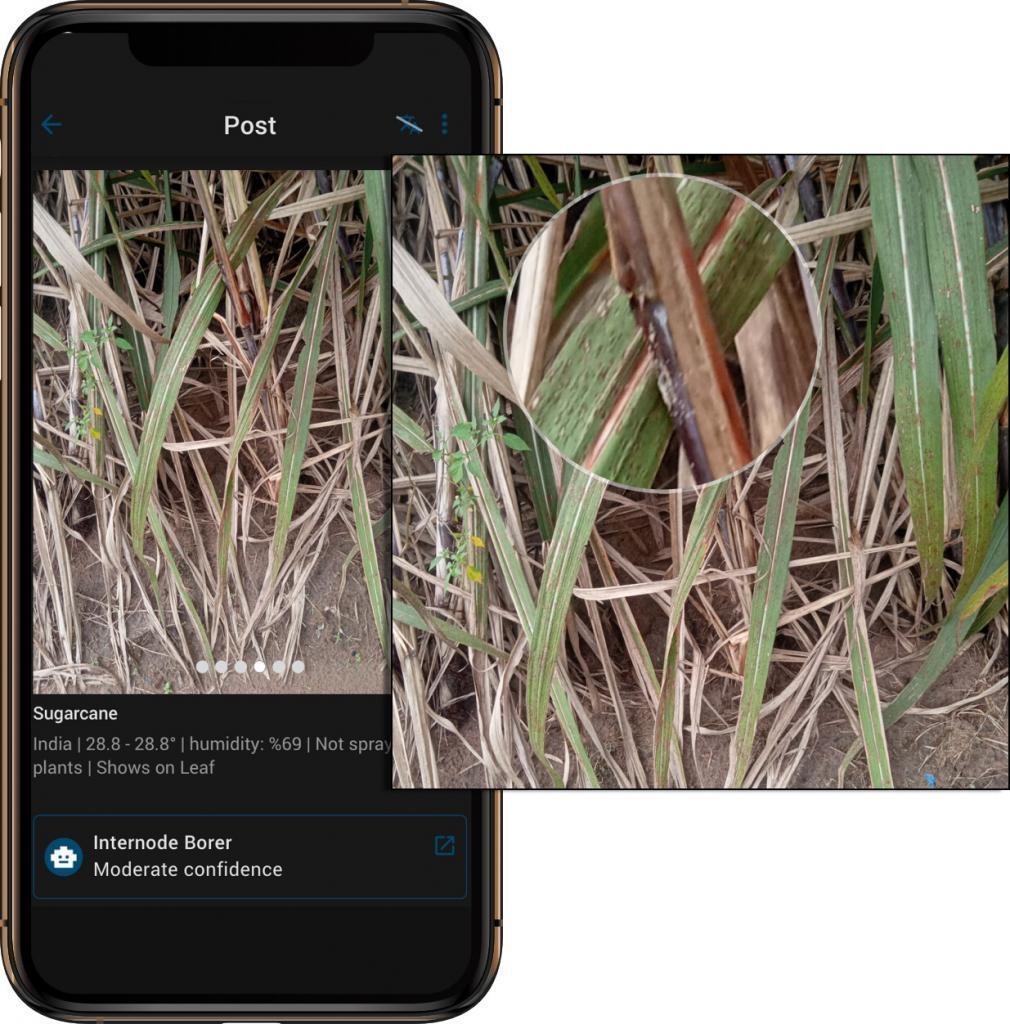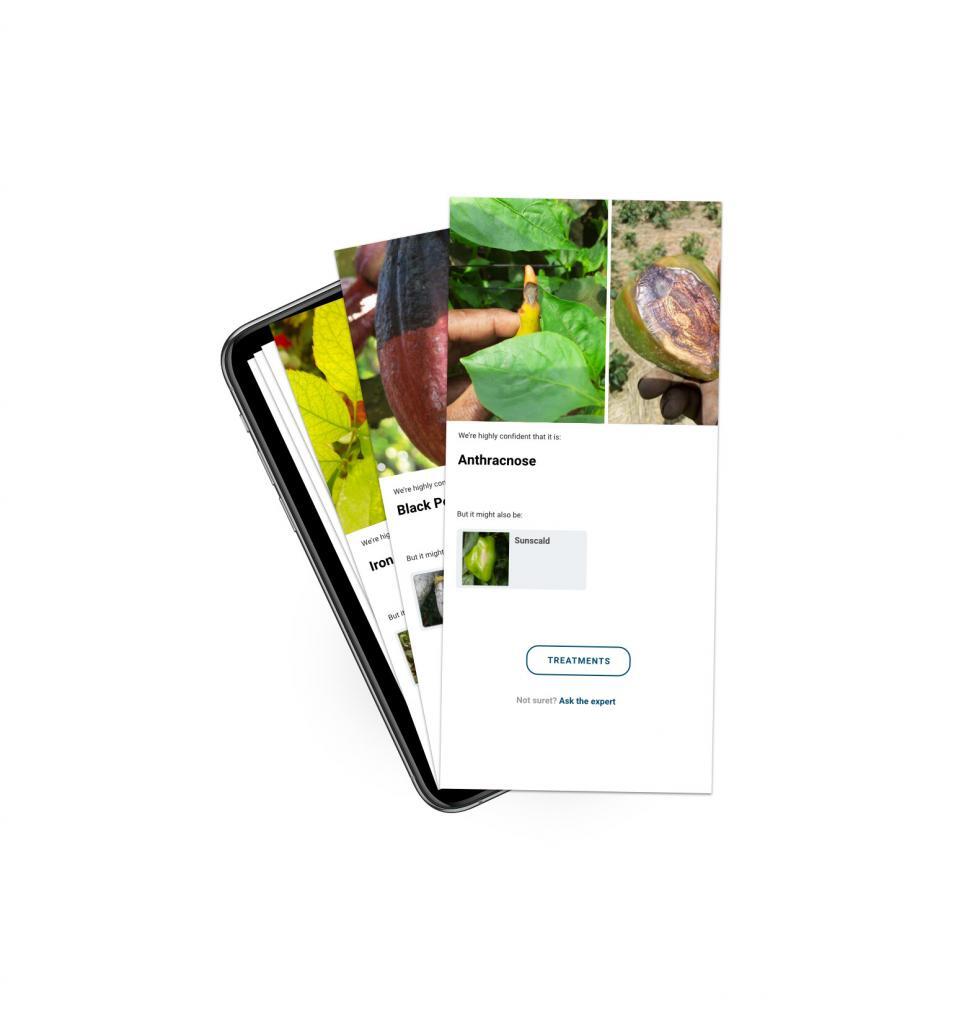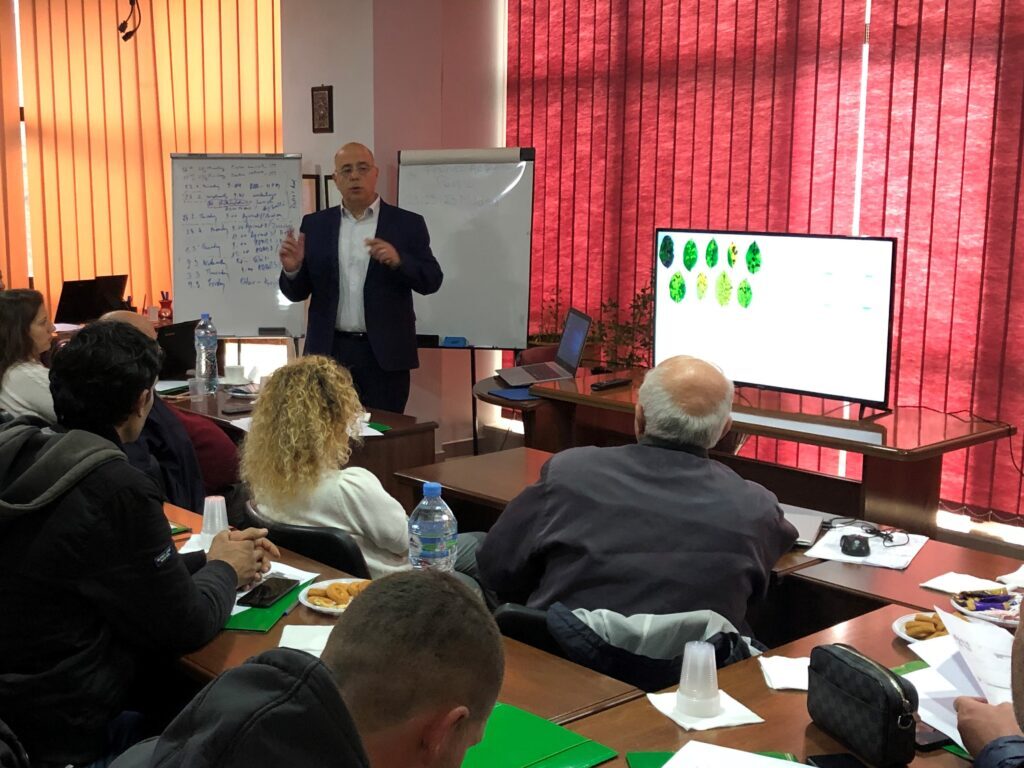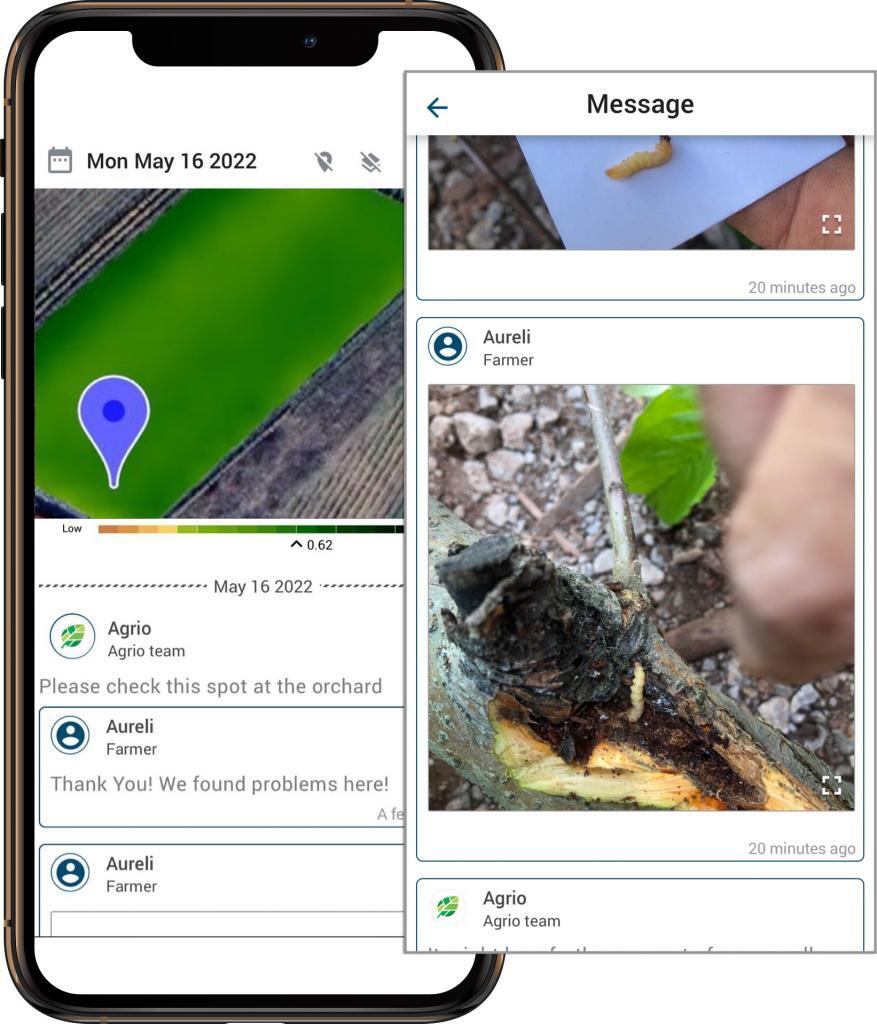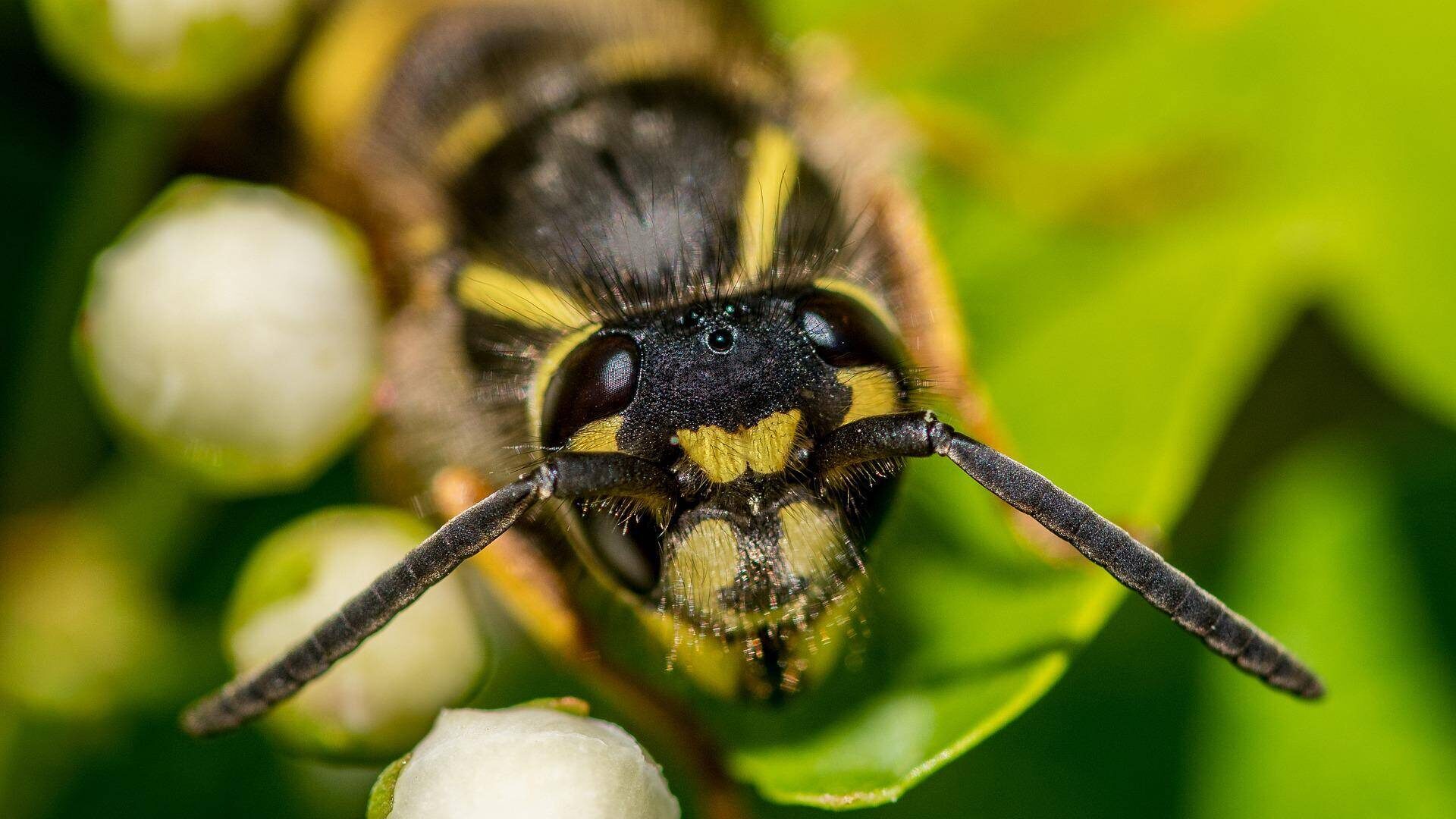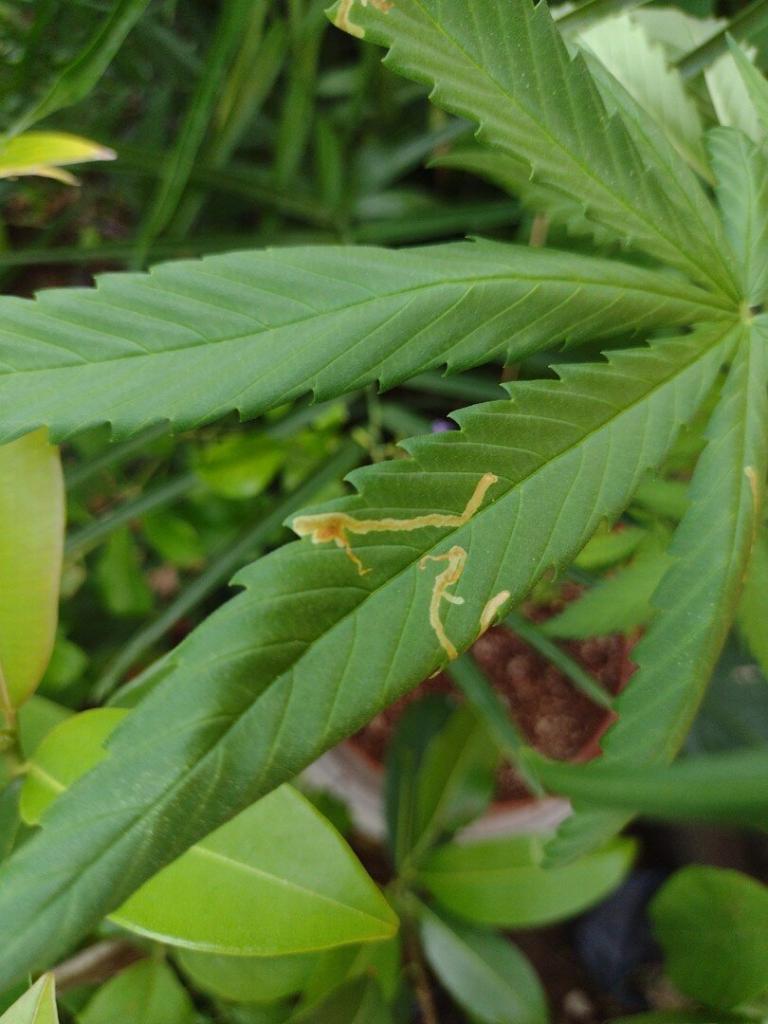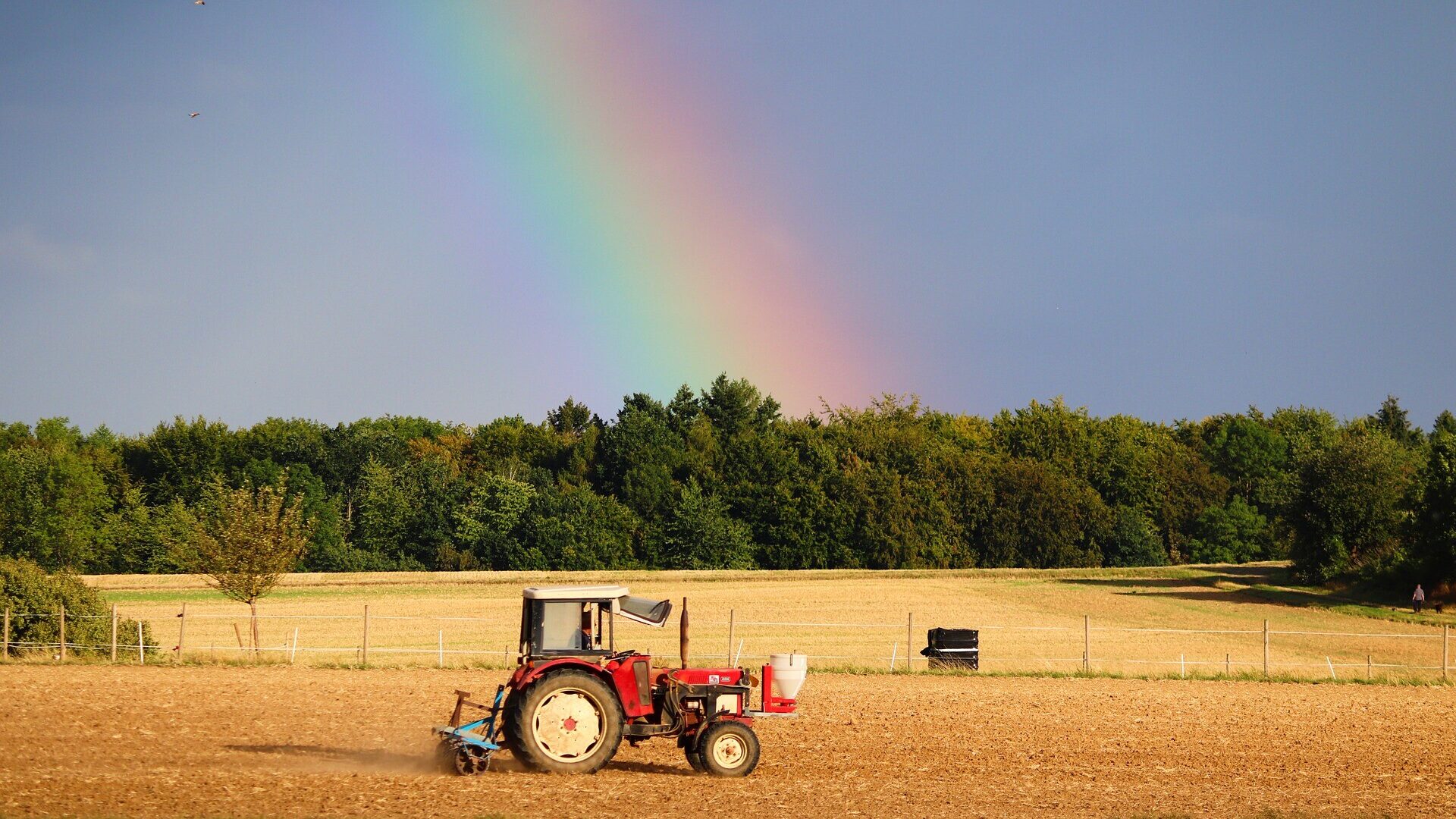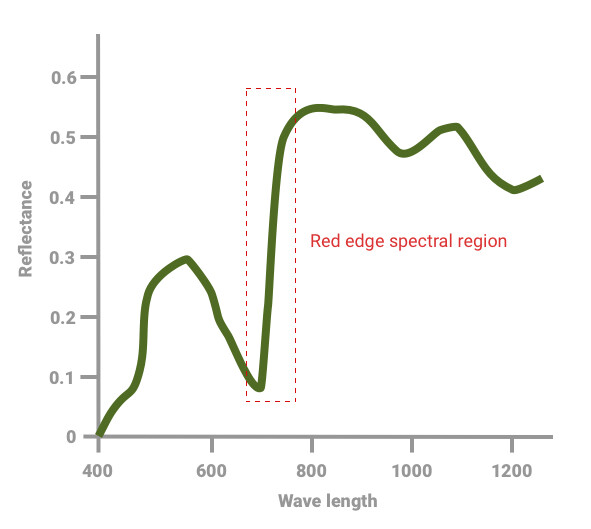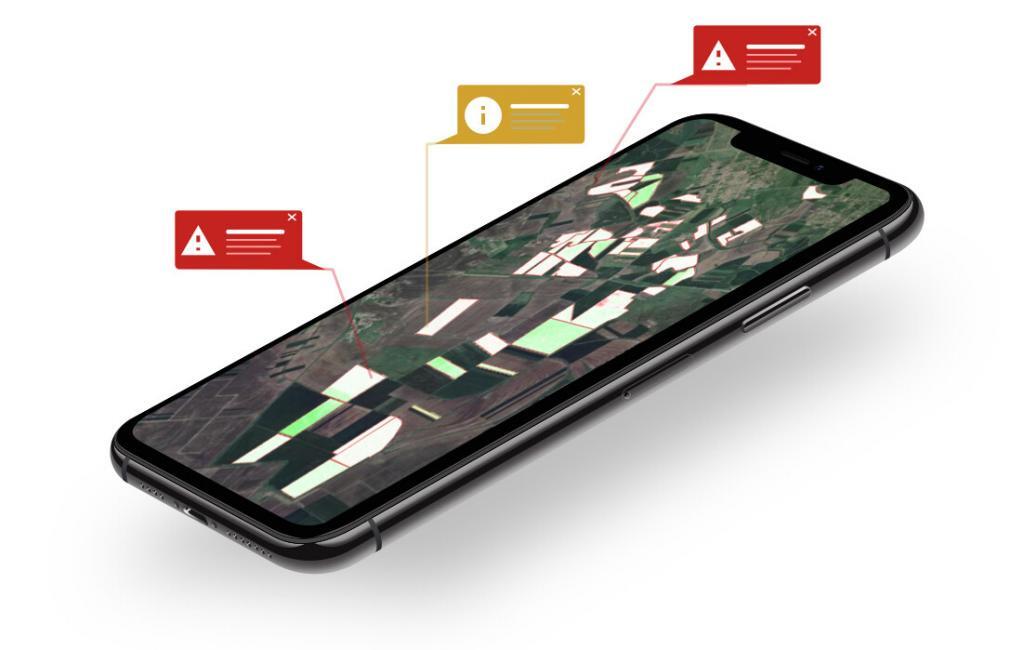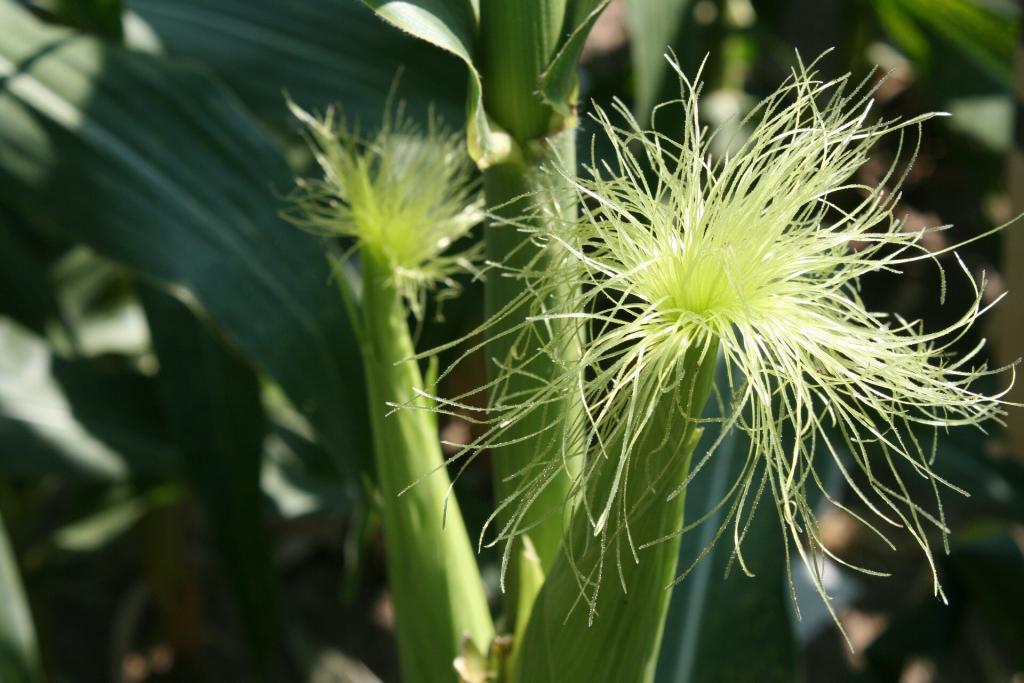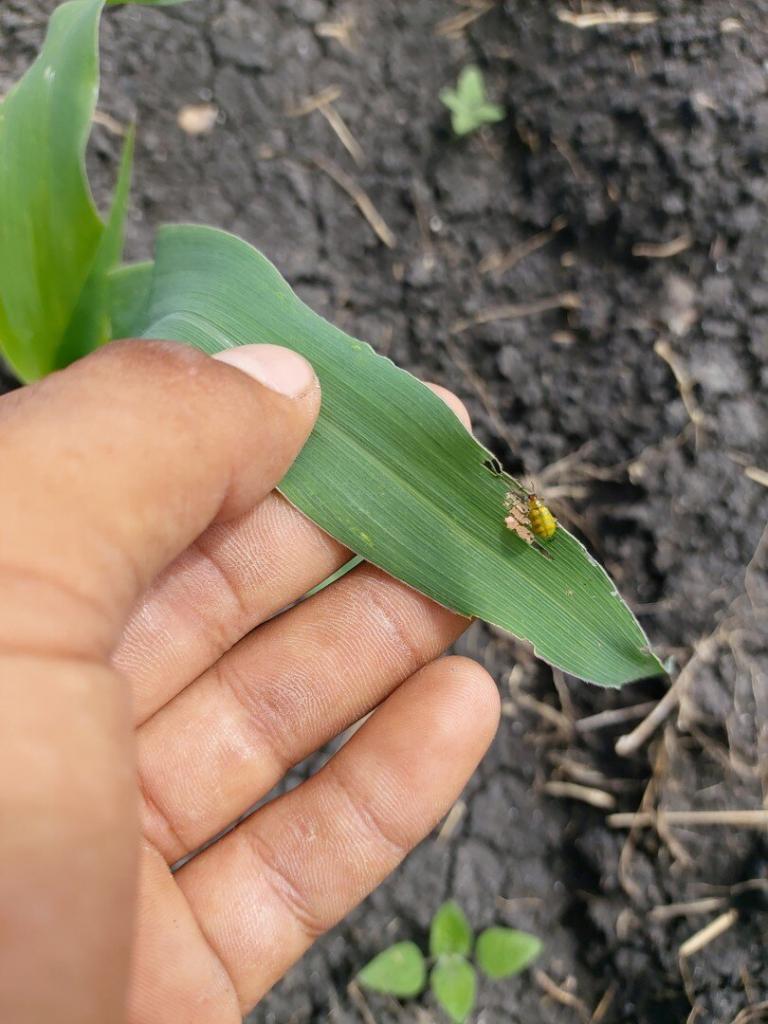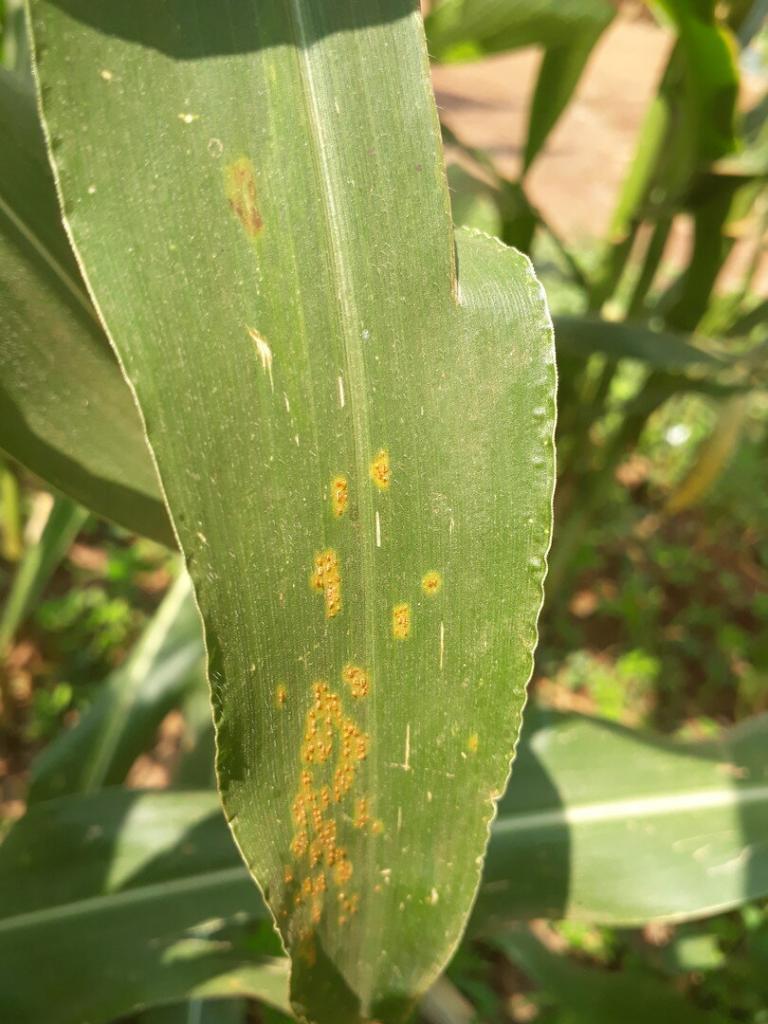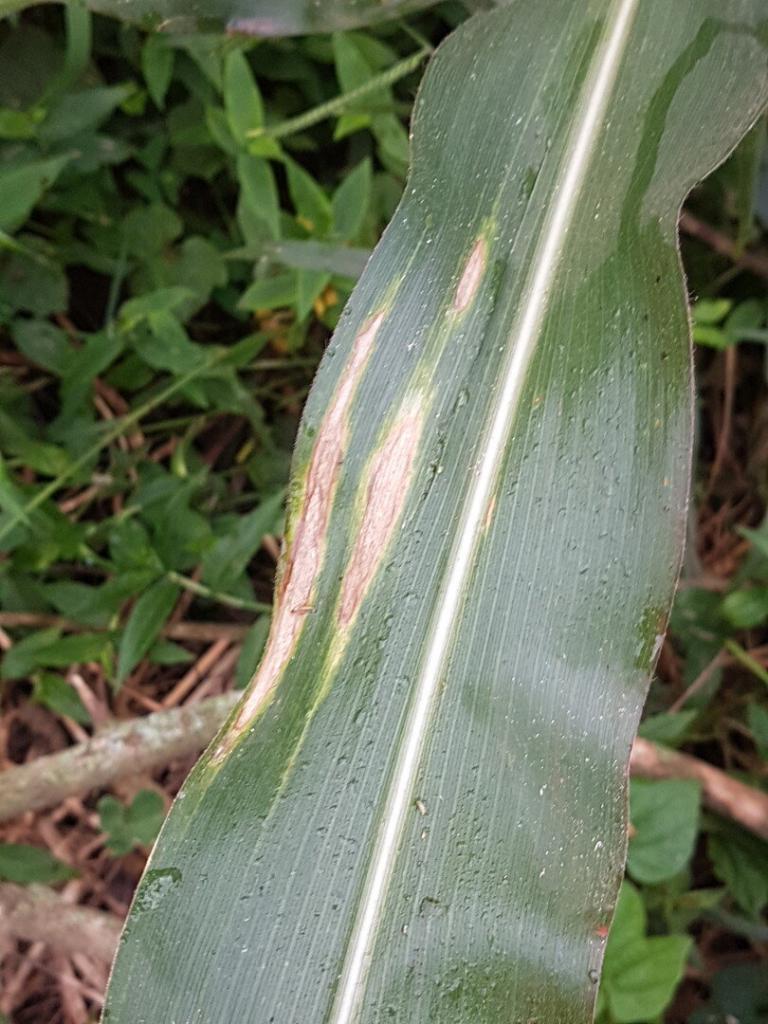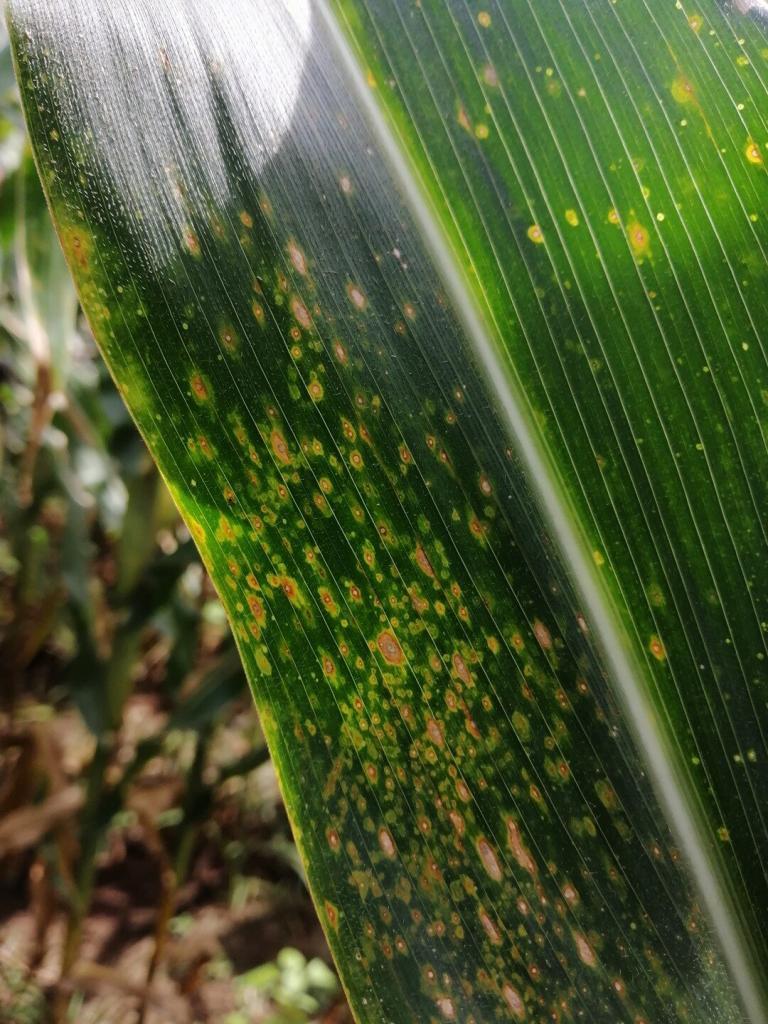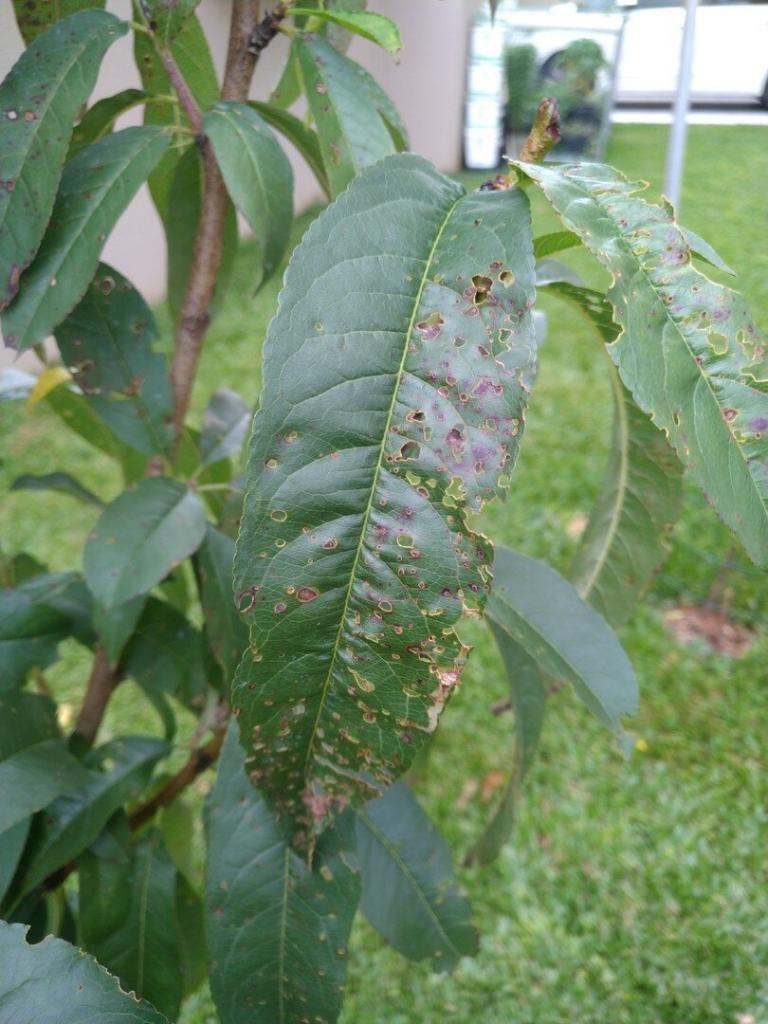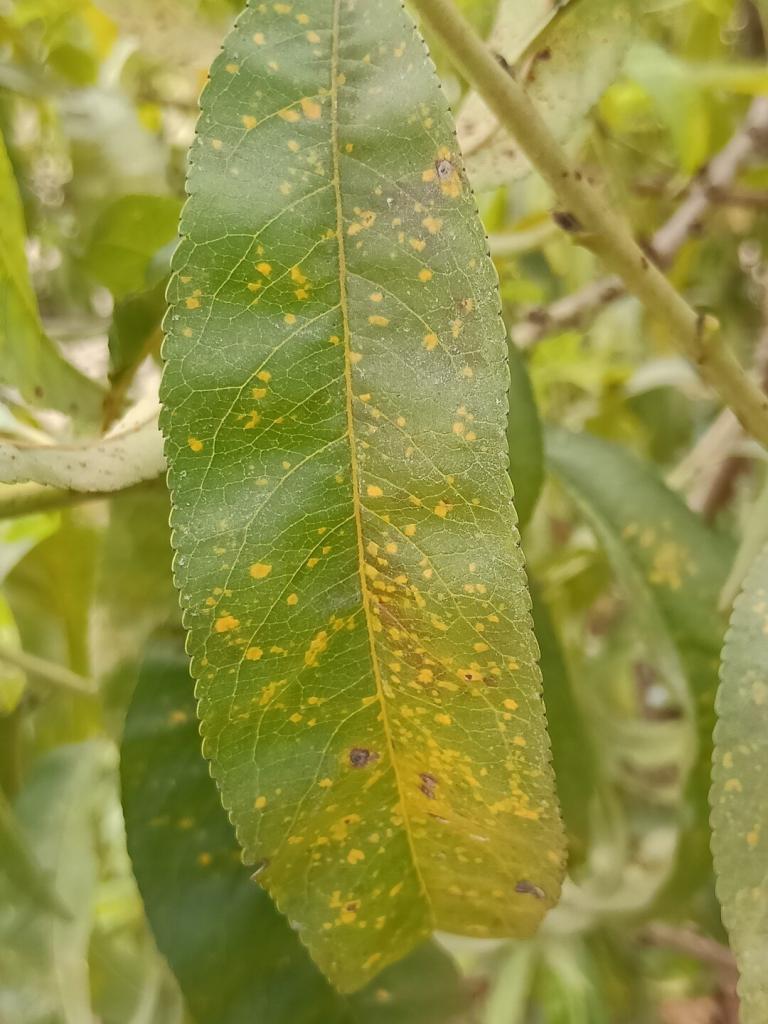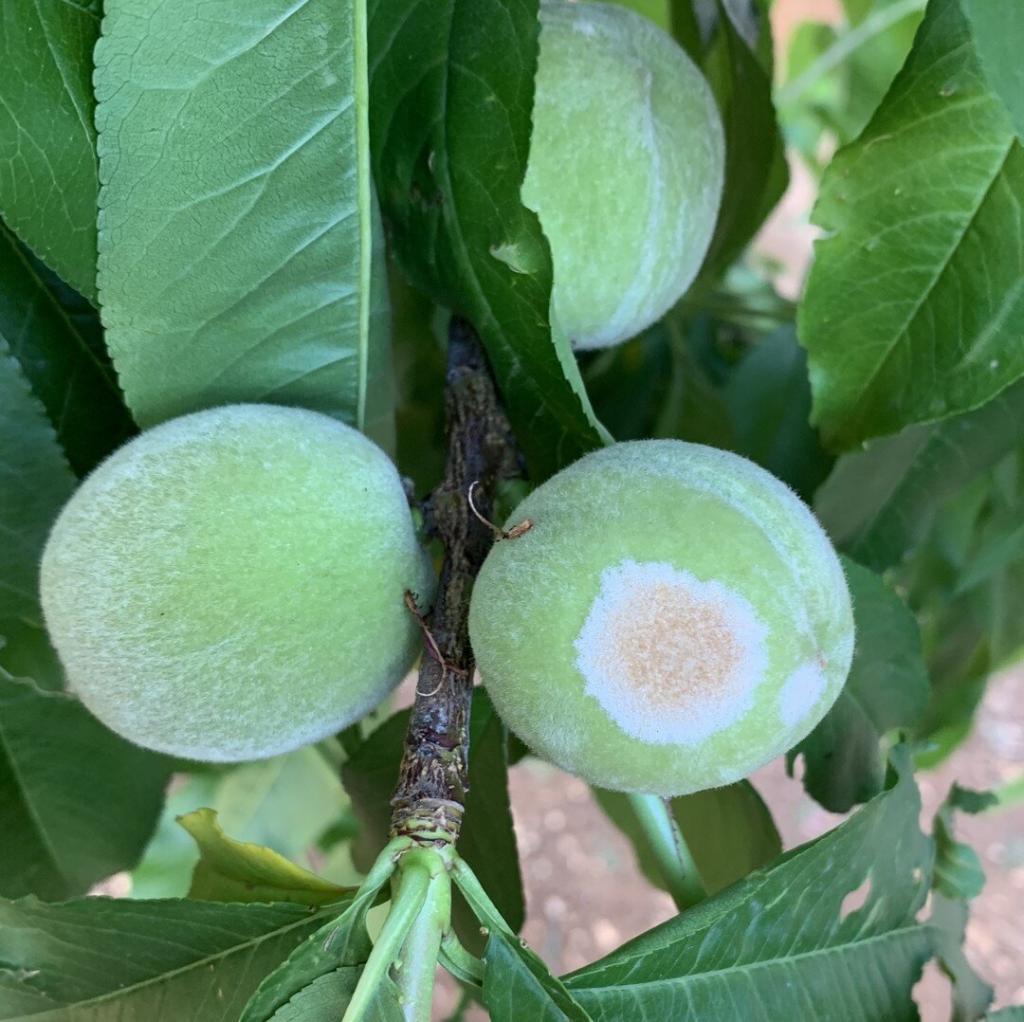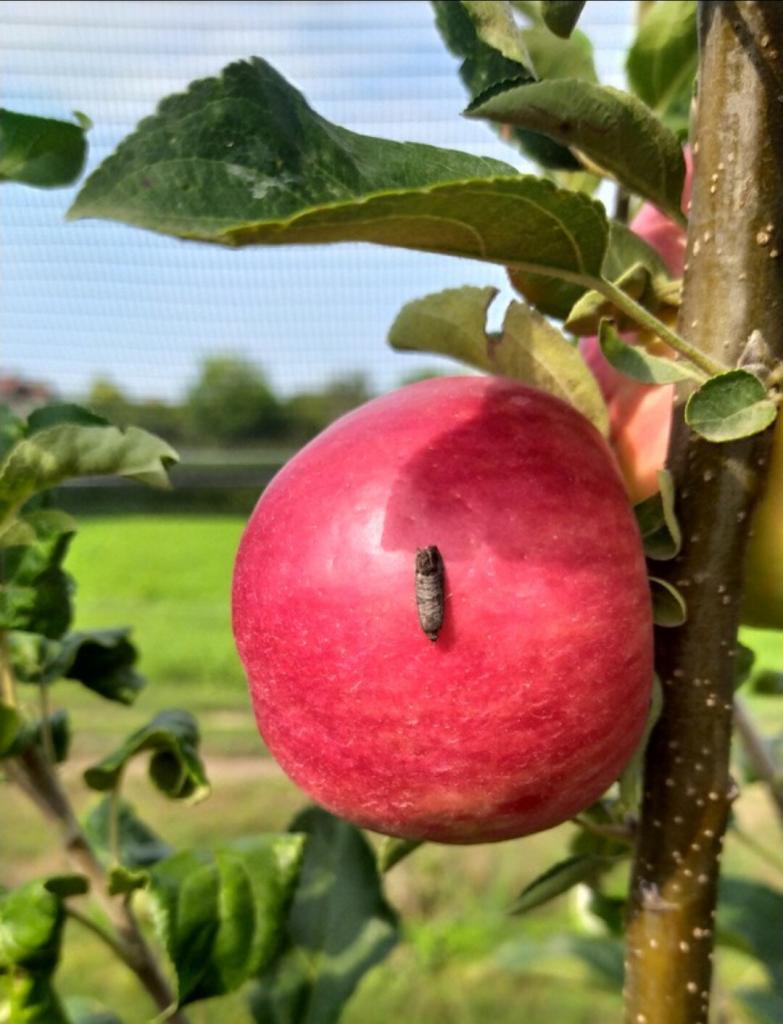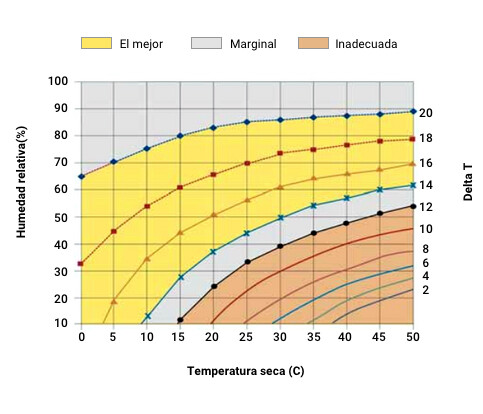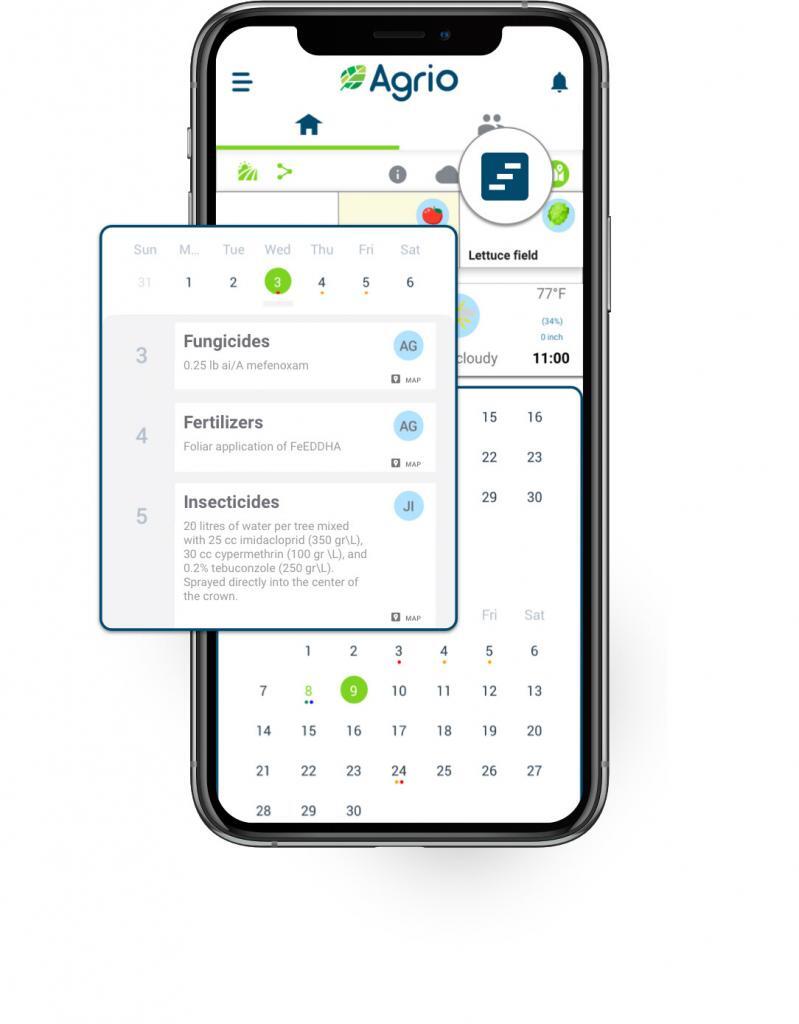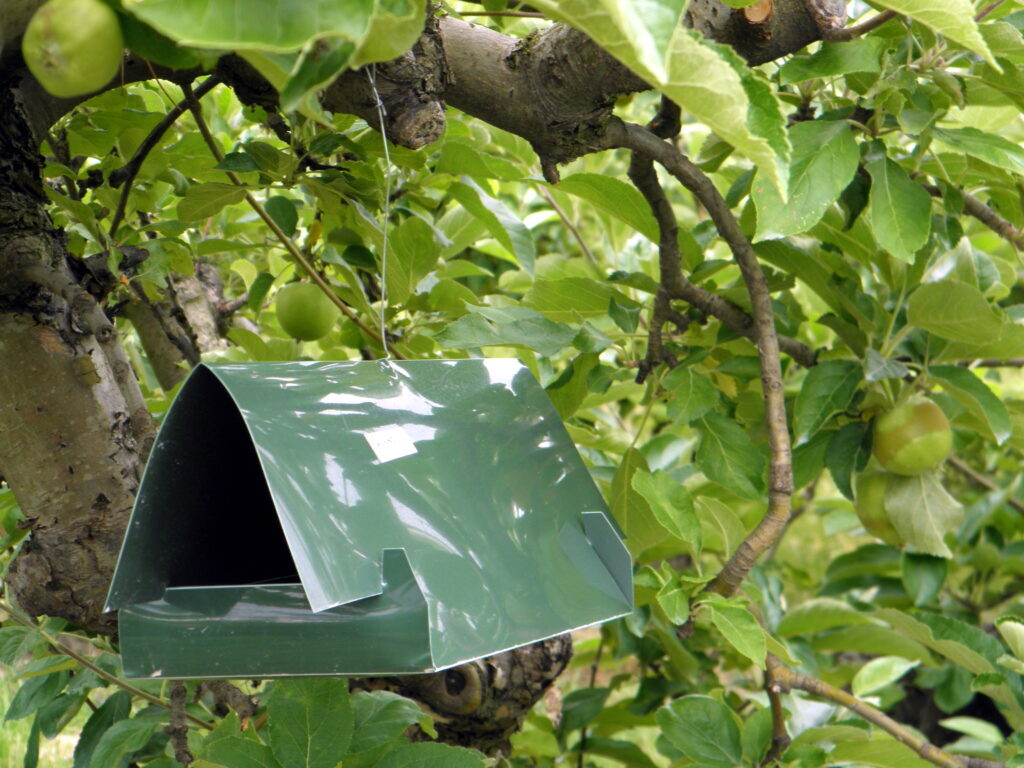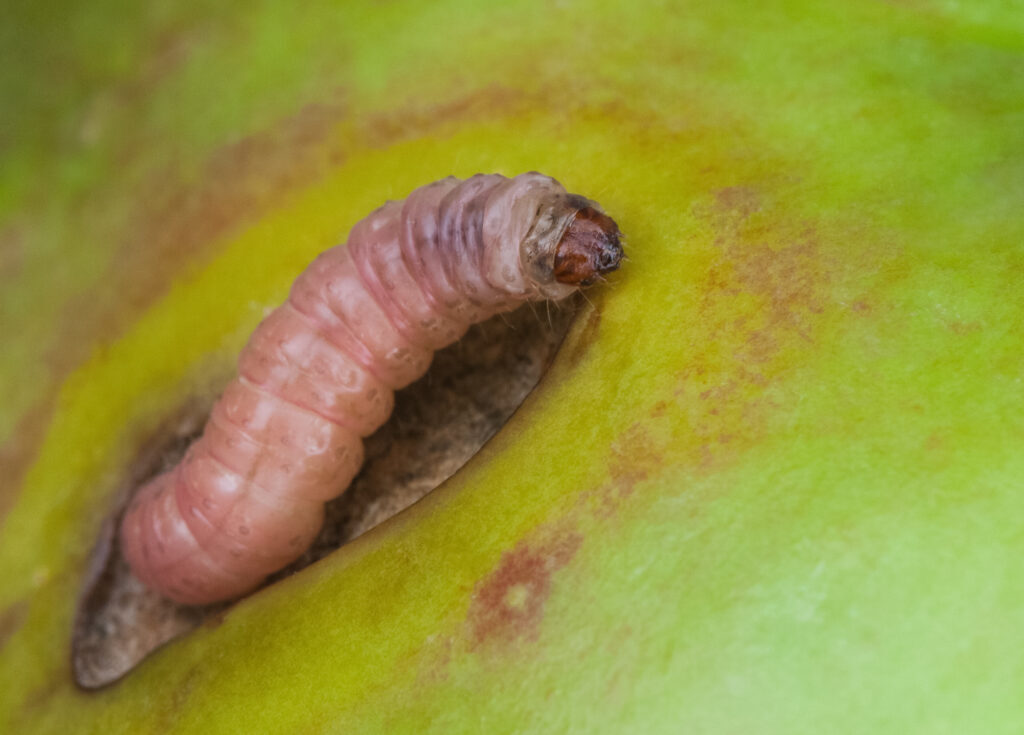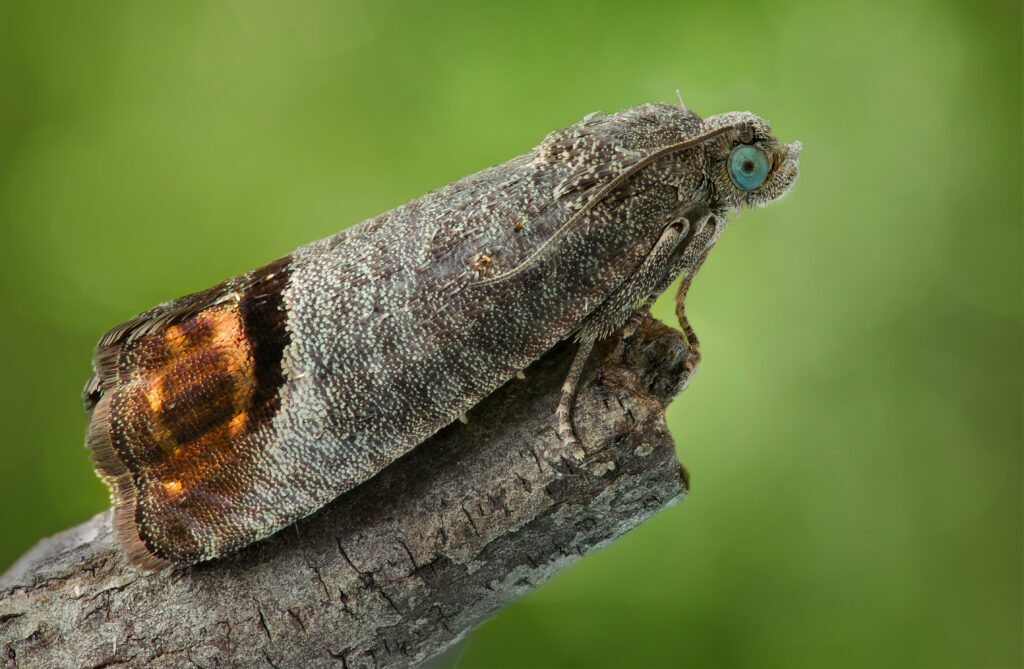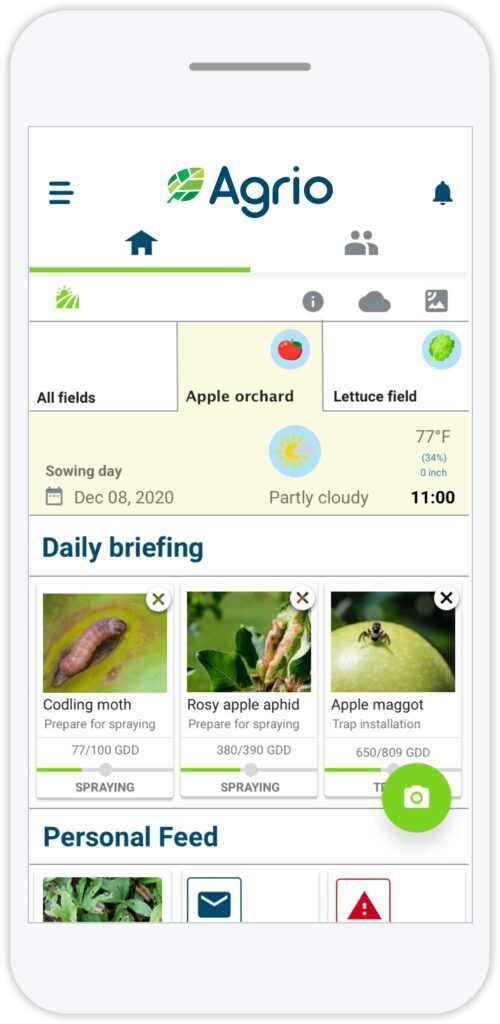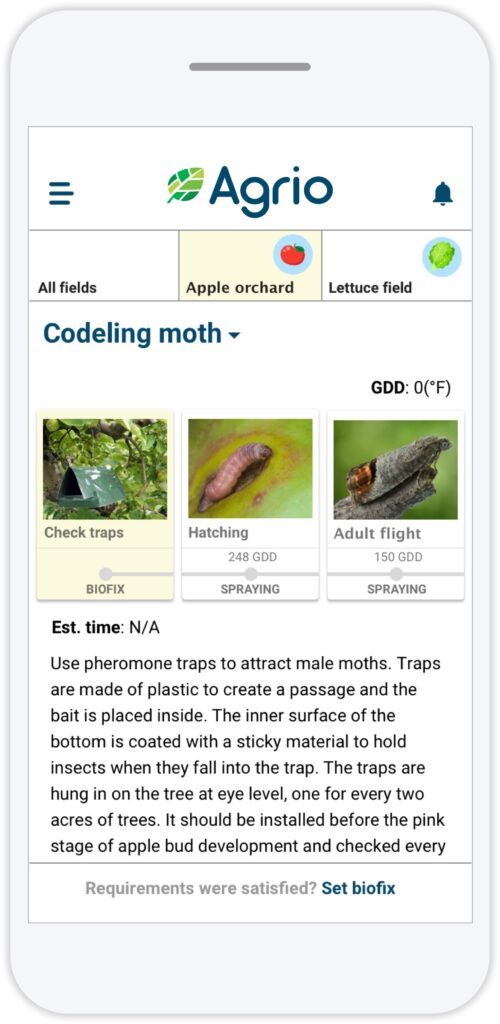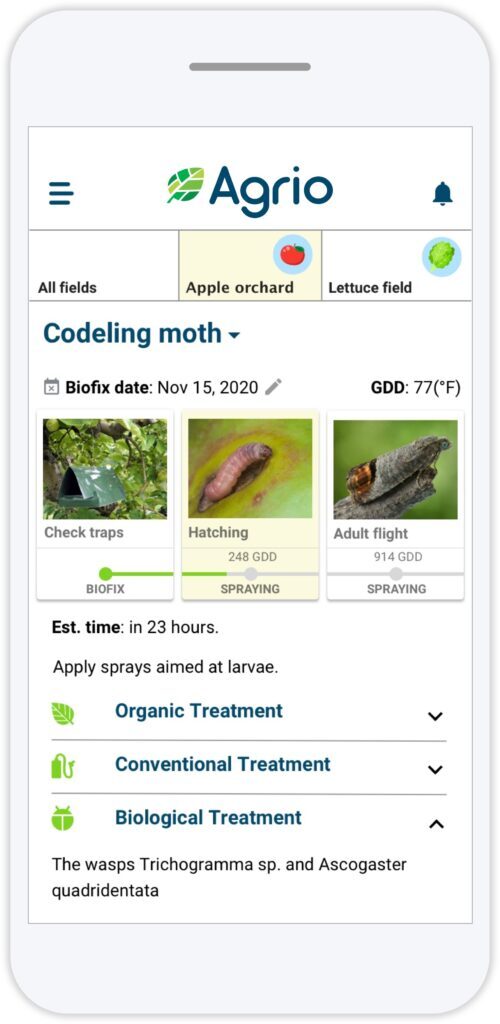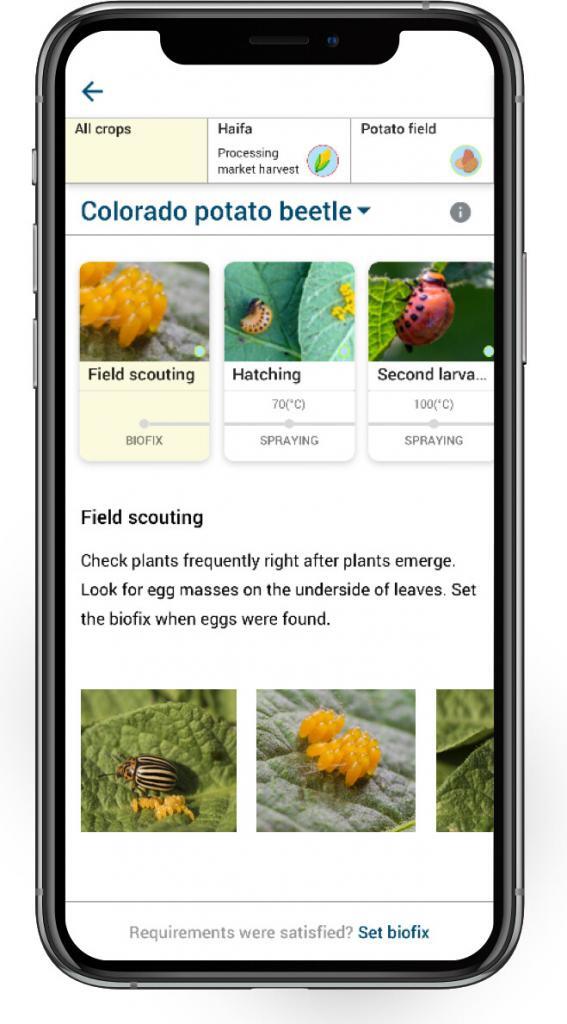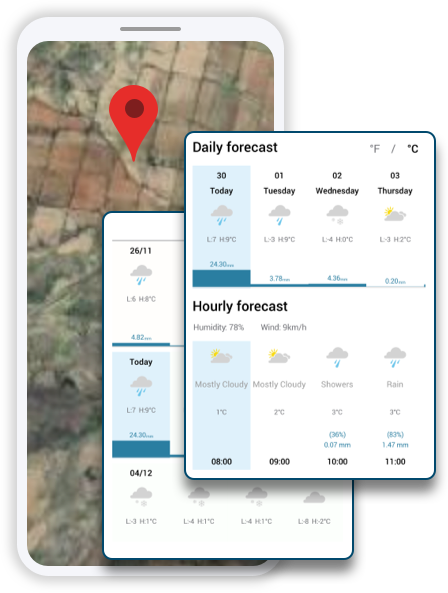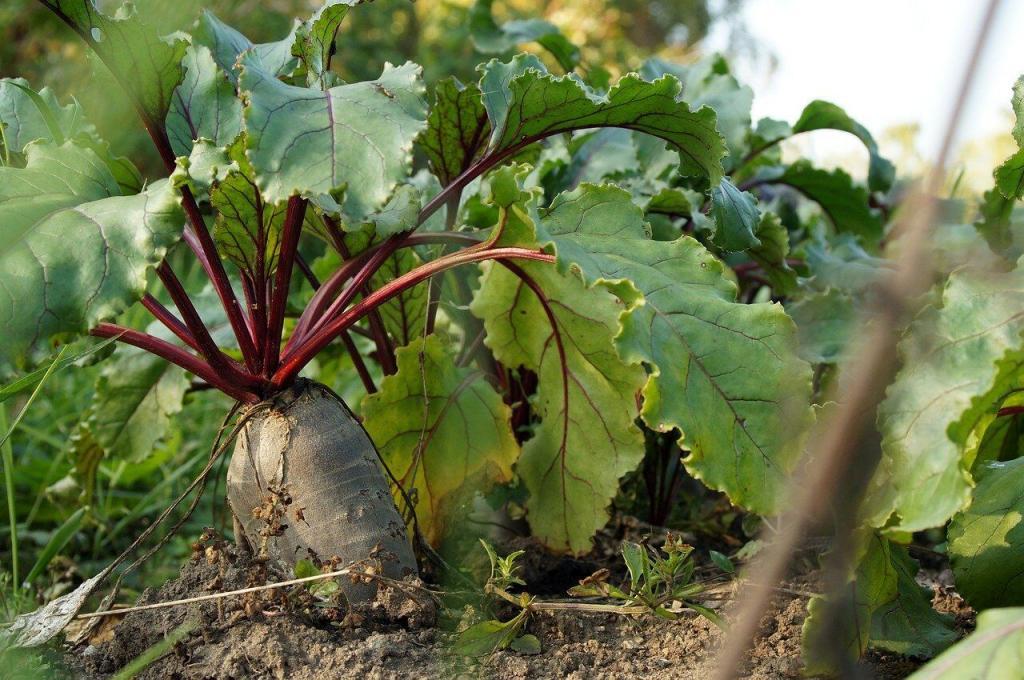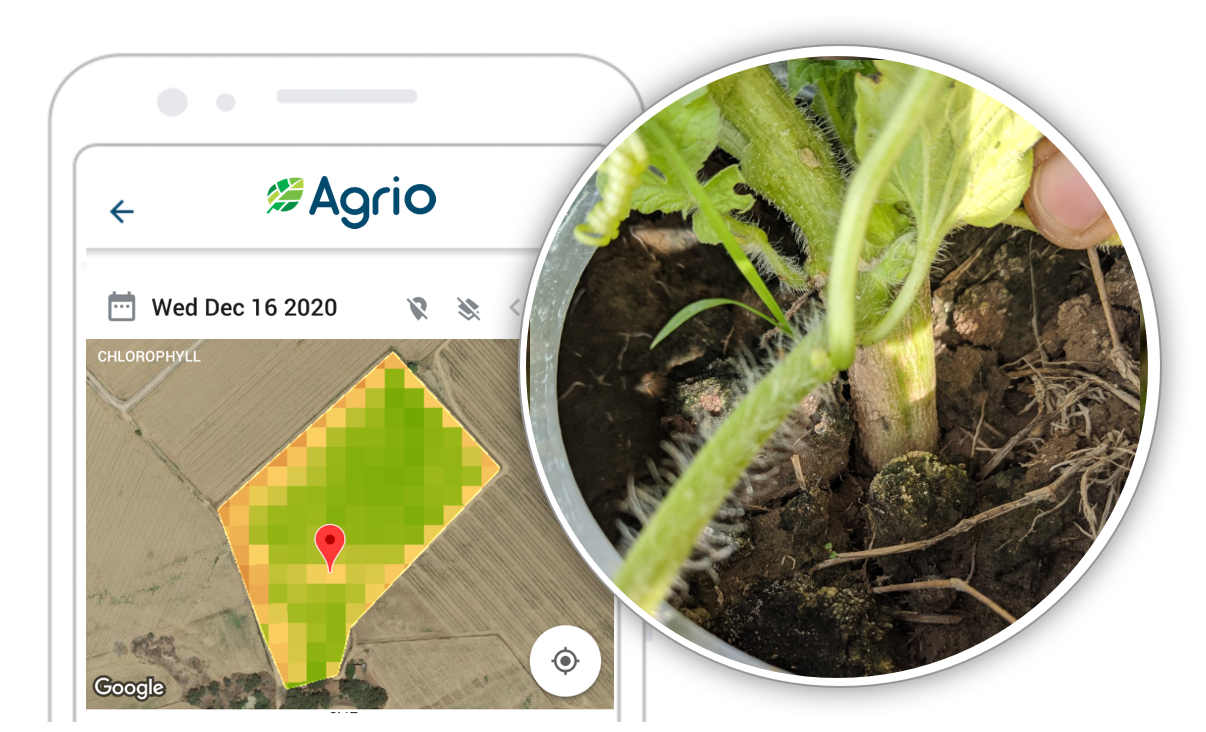A Plant Care App Made Intuitive With A Multimodal Chatbot
Large language models, such as GPT, have the potential to significantly enhance the user experience of mobile applications by enabling more natural and efficient interactions. They can power chatbots like ChatGPT and virtual assistants that can understand and respond to complex queries in real-time, providing personalized and intelligent recommendations to users. Overall, large language models have the potential to revolutionize the way we interact with our mobile applications, making them more intuitive and responsive to our needs. Agrio is an Android and iOS plant care app that is changing how farmers and gardeners diagnose plant issues and get advice on how to grow plants. With the help of artificial intelligence (AI) technology, our app can analyze plant images and provide accurate plant diagnoses. Our latest development takes plant diagnosis to the next level: Harvie, a combination of a large language model (LLM) and computer vision model that can analyze images and text to provide accurate diagnosis and plant health suggestions. Harvie is the first multimodal chatbot related to agriculture and gardening.
Navigating the Complexities of Effective Plant Care
Plant care is a crucial aspect of successful cultivation, ensuring the optimal growth and development of plants. However, for individual growers without expert support, there are certain challenges that need to be addressed. First and foremost, identifying and managing plant diseases can be difficult without professional guidance. From fungal infections to viral outbreaks, the lack of knowledge about plant pathology makes it challenging for growers to implement appropriate control measures. Additionally, individual growers often struggle with monitoring and maintaining the right nutrient balance for their plants. Without expert advice, they may find providing the necessary nutrients and maintaining an optimal soil pH challenging, leading to nutrient deficiencies or toxicities that can hinder plant health and productivity. Overall, the absence of expert support in plant care can pose significant challenges for individual growers in effectively managing diseases and providing proper nutrition for their plants.
A Plant Care App: The Multimodal Approach
Image analysis can diagnose plant diseases by analyzing symptoms such as leaf spots, discoloration, or abnormal growth patterns. Image analysis algorithms can be trained using large datasets of images and machine learning techniques, allowing for accurate and efficient identification and diagnosis of plant species and diseases. Large language models, on the other hand, are artificial intelligence models that can understand and generate human-like language. They can be trained on vast amounts of text data, allowing them to learn about different plants and the problems that affect them. Large language models can also understand and interpret human language, allowing users to ask questions about plants and how to grow them. They can provide users with relevant information about plant identification, diseases, and treatments naturally and conversationally.
We combined these two capabilities to create a very powerful chatbot called Harvie. Harvie was trained on millions of images and agronomic text to ensure it could identify plant problems and answer general agronomic questions. Users can interact with Harvie in natural language, describing symptoms and uploading images for a diagnosis. The artificial-intelligence-powered chatbot can understand the context and interpret complex agricultural terminology, making it a powerful tool for anyone dealing with plant issues and wanting to get support on how to grow plants.

Personalized Agronomist that Teaches You Plant Care
Harvie, the multimodal plant care and agronomic advice bot, has the ability to provide personalized advice to users by analyzing a wide range of data sources. By reading all user input to the Agrio app, analyzing past conversations, and taking into account the user’s specific preferences and needs, Harvie can provide customized recommendations for each individual user. This is made possible by leveraging machine learning algorithms and natural language processing, which enable Harvie to understand and interpret user input in a way that is intuitive and user-friendly.
In addition to analyzing user input, Harvie can also take into account weather data, soil quality, and other environmental factors that can impact plant growth and health. By considering all of these variables, Harvie can provide users with real-time recommendations that are tailored to their specific conditions and needs.
Overall, Harvie represents a major step forward in the field of agronomic advice, providing users with a personalized and intelligent bot that can help them achieve optimal plant growth and health. With its advanced capabilities and ability to analyze multiple data sources, Harvie has the potential to transform how users interact with plant care and agricultural technology and help drive greater efficiency and sustainability in farming practices.
Artificial Intelligence for the Rescue: Revolutionizing Agriculture and Improving Food Security
A multimodal artificial intelligence model that can diagnose plant problems from images and user text input, and provide guidance in conversation with growers in many languages, has the potential to revolutionize the field of agriculture and help address the problem of food security. This AI model can provide growers with up-to-date agronomic advice, personalized recommendations, and real-time solutions to plant-related issues. By leveraging multiple modalities, such as images and natural language processing, the AI model can provide growers with an intuitive and user-friendly interface that enables them to communicate with the system in their native language. This can help reduce the farmer-agronomist gap and provide growers with access to expert advice and guidance, regardless of their location or language. This AI model can help increase crop yields, reduce waste, and improve food security by enabling growers to make informed decisions about planting, fertilizing, and harvesting.
Summary
Agrio’s new chatbot feature is a game-changer for plant diagnosis. With the ability to analyze images and text, the app provides more accurate diagnoses and suggestions for treatments and preventative measures. If you’re a gardener or farmer looking for a reliable tool to diagnose plant issues, Agrio is the plant care app for you. Try it out and see how it can help keep your plants healthy.
